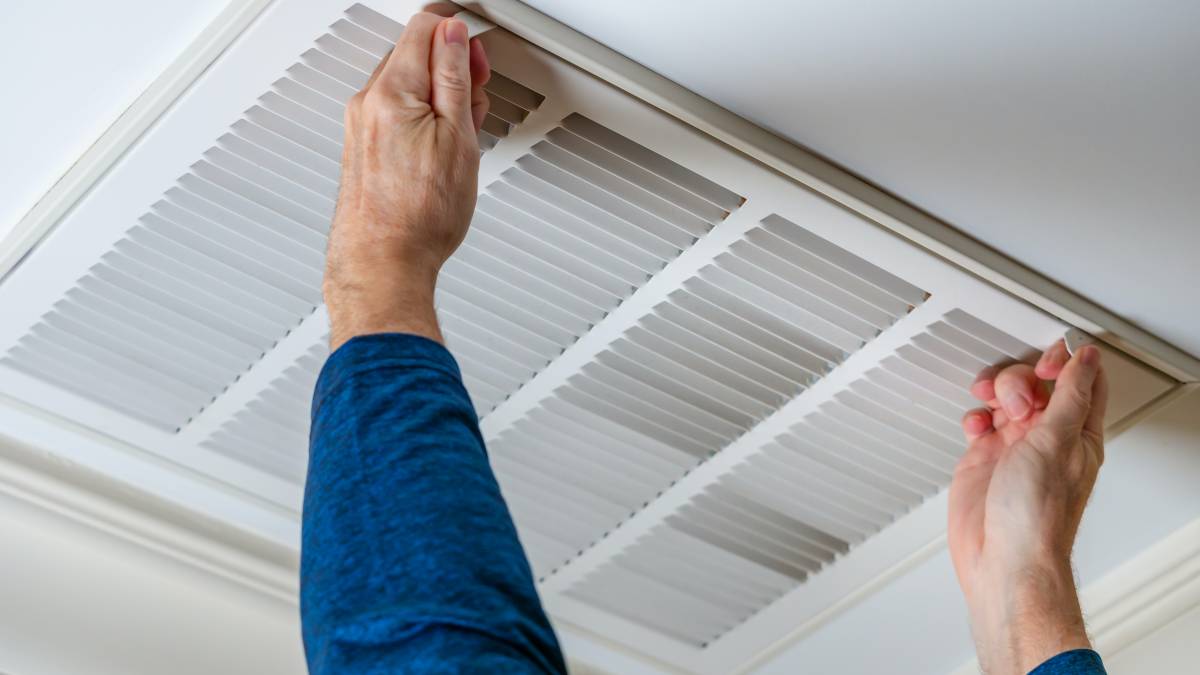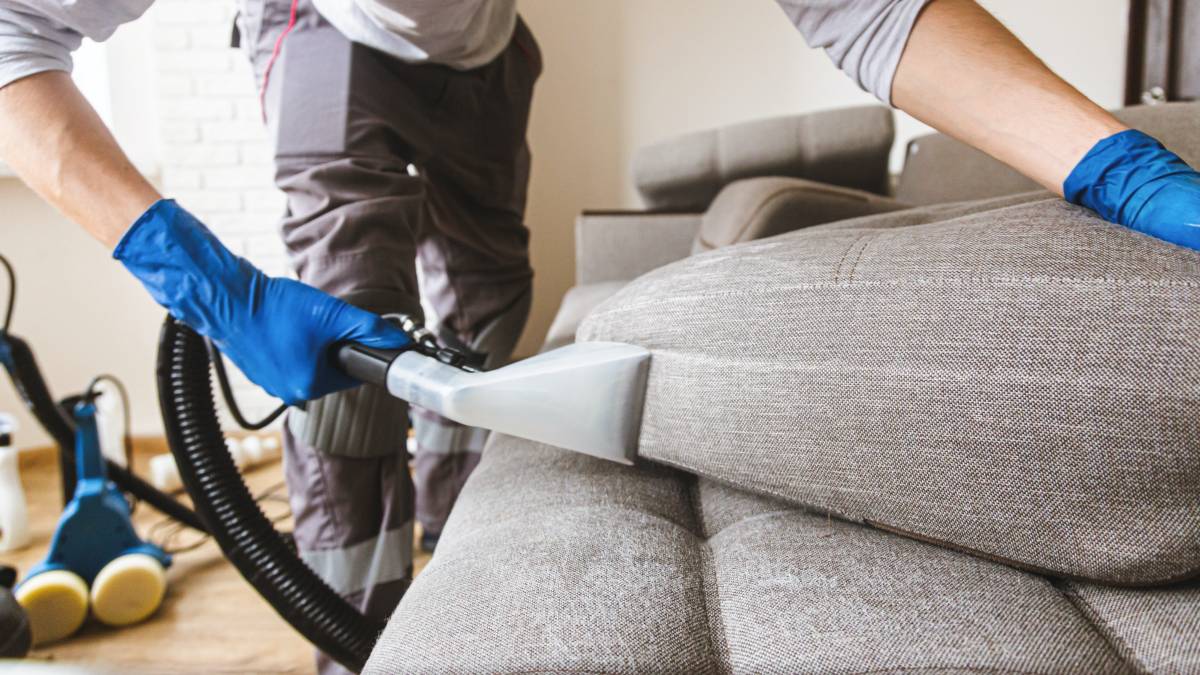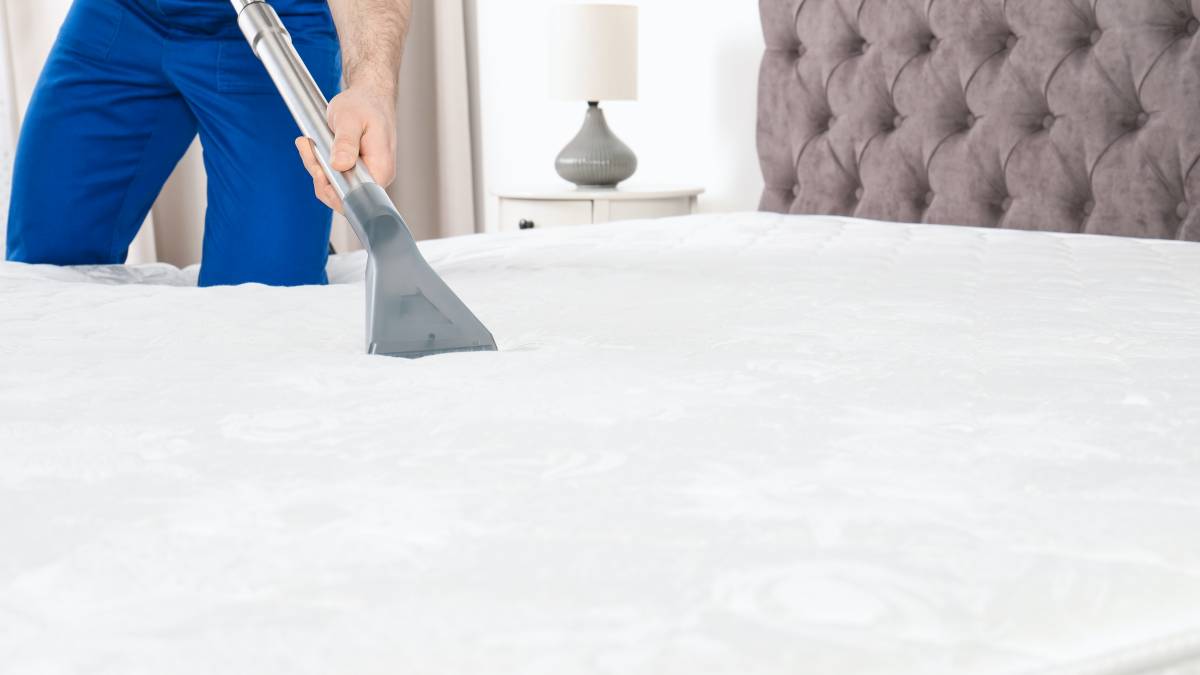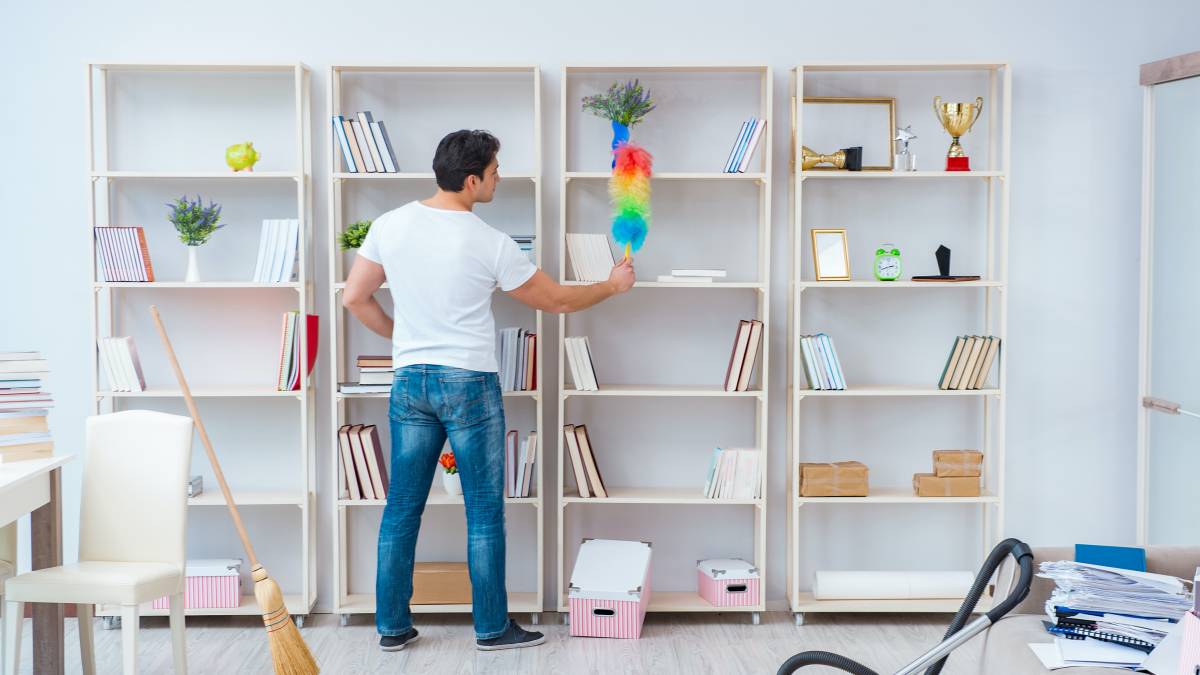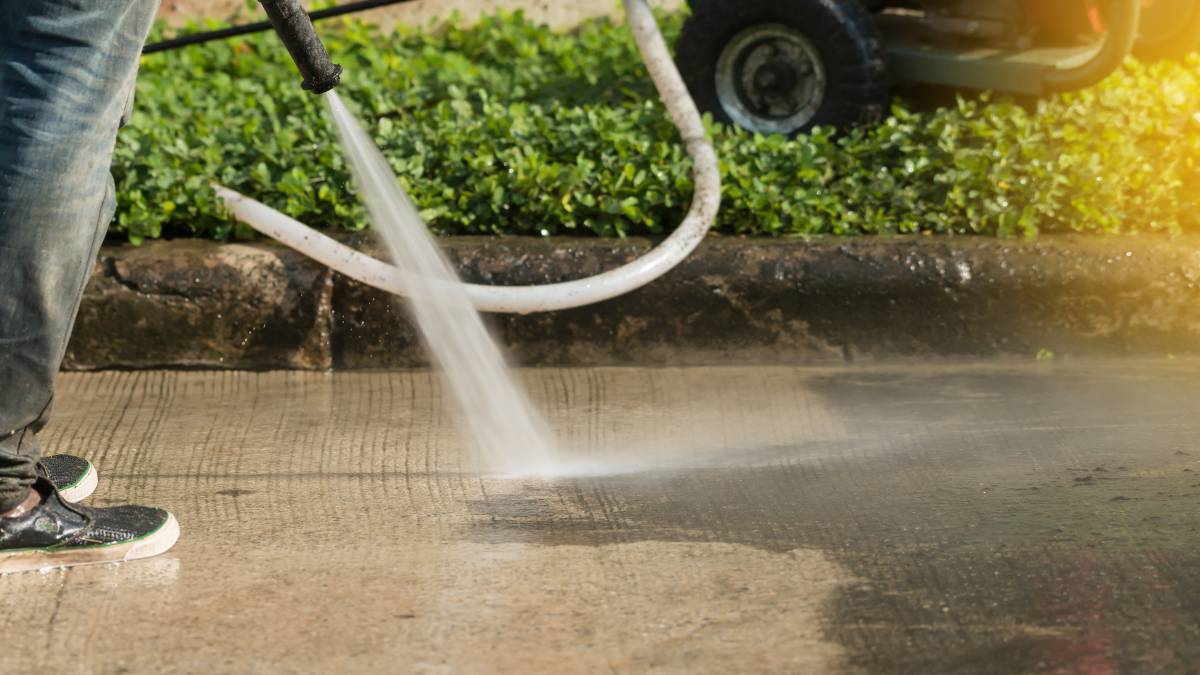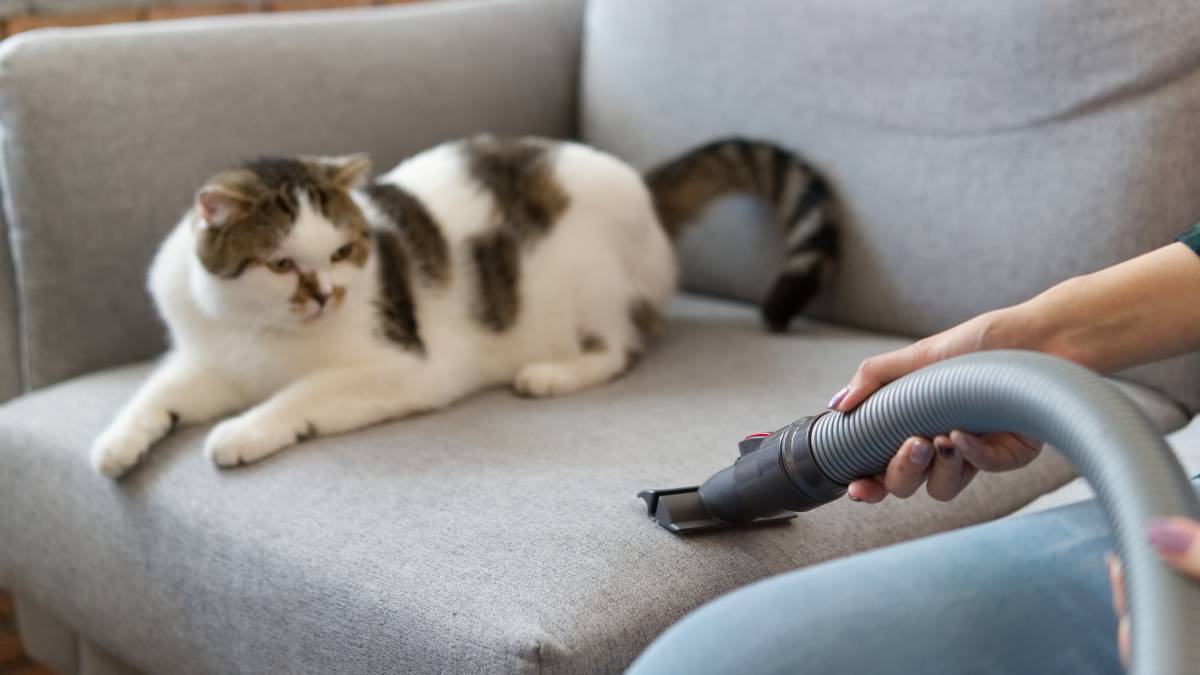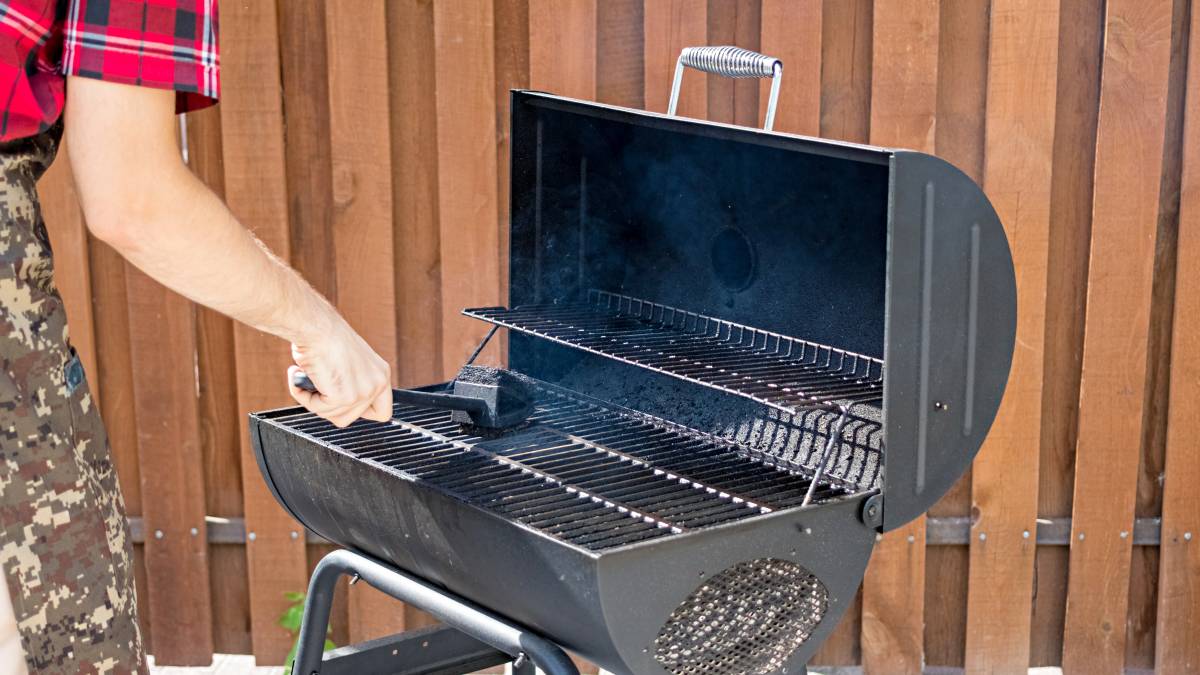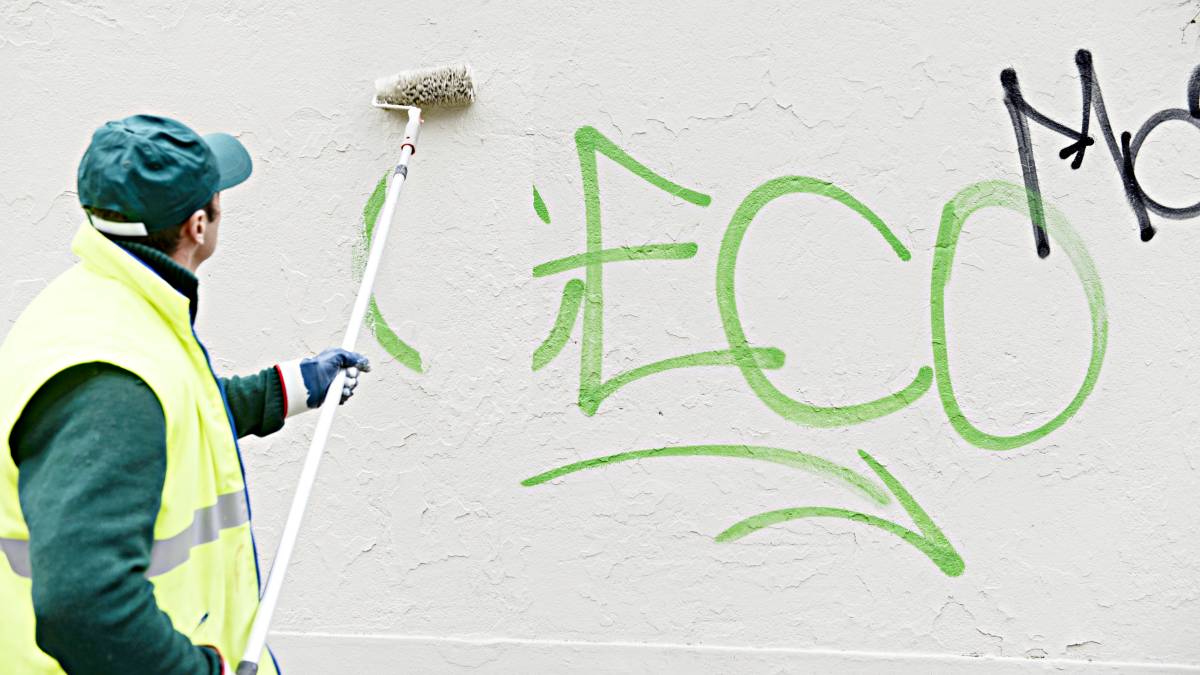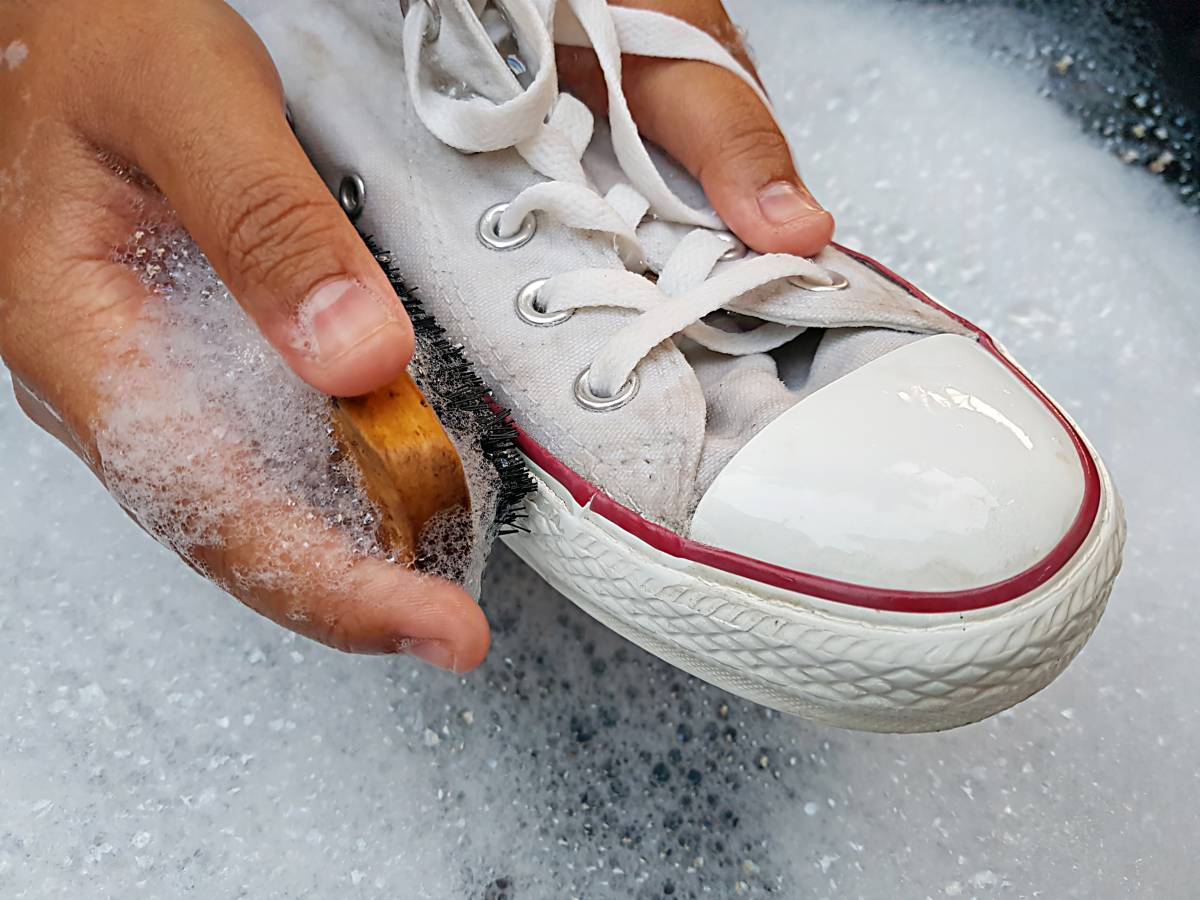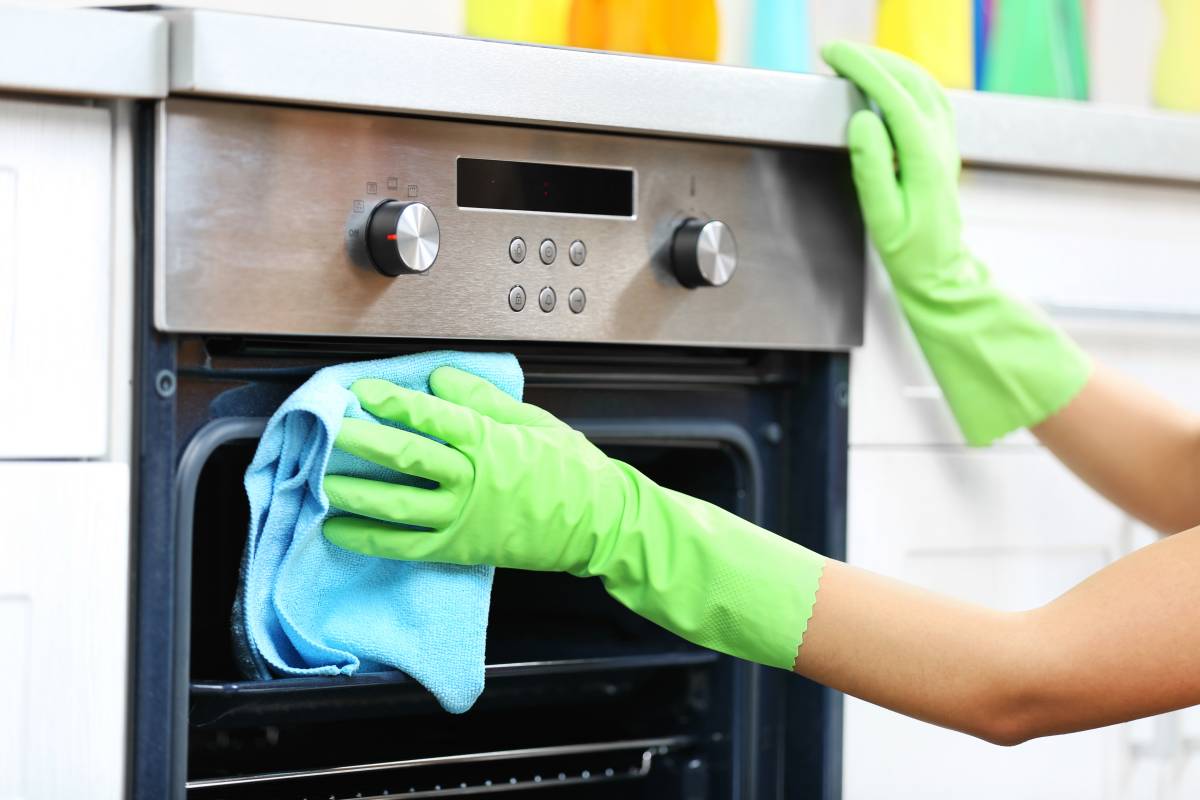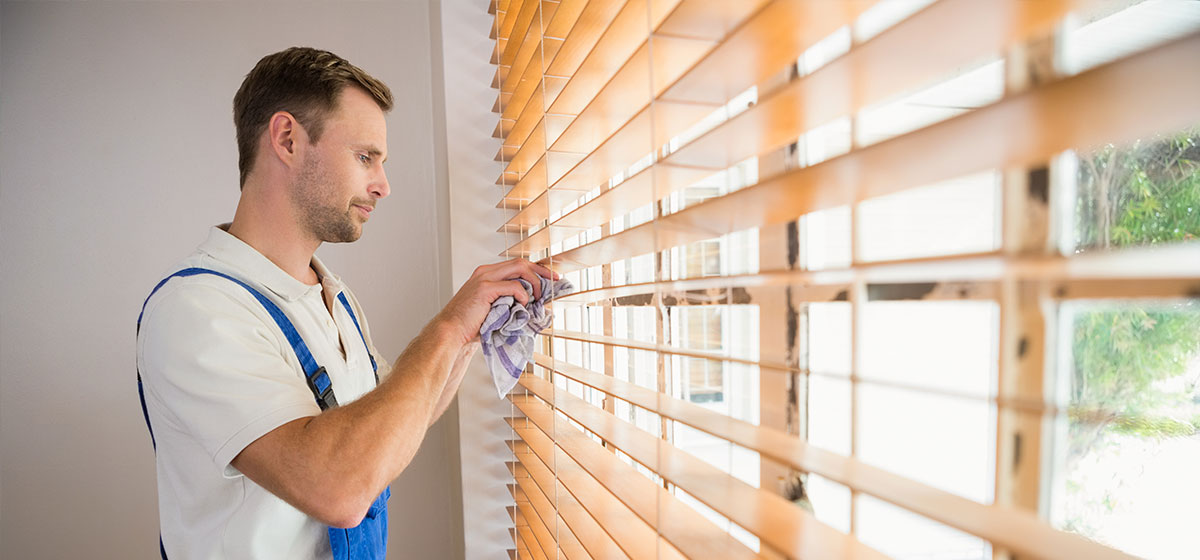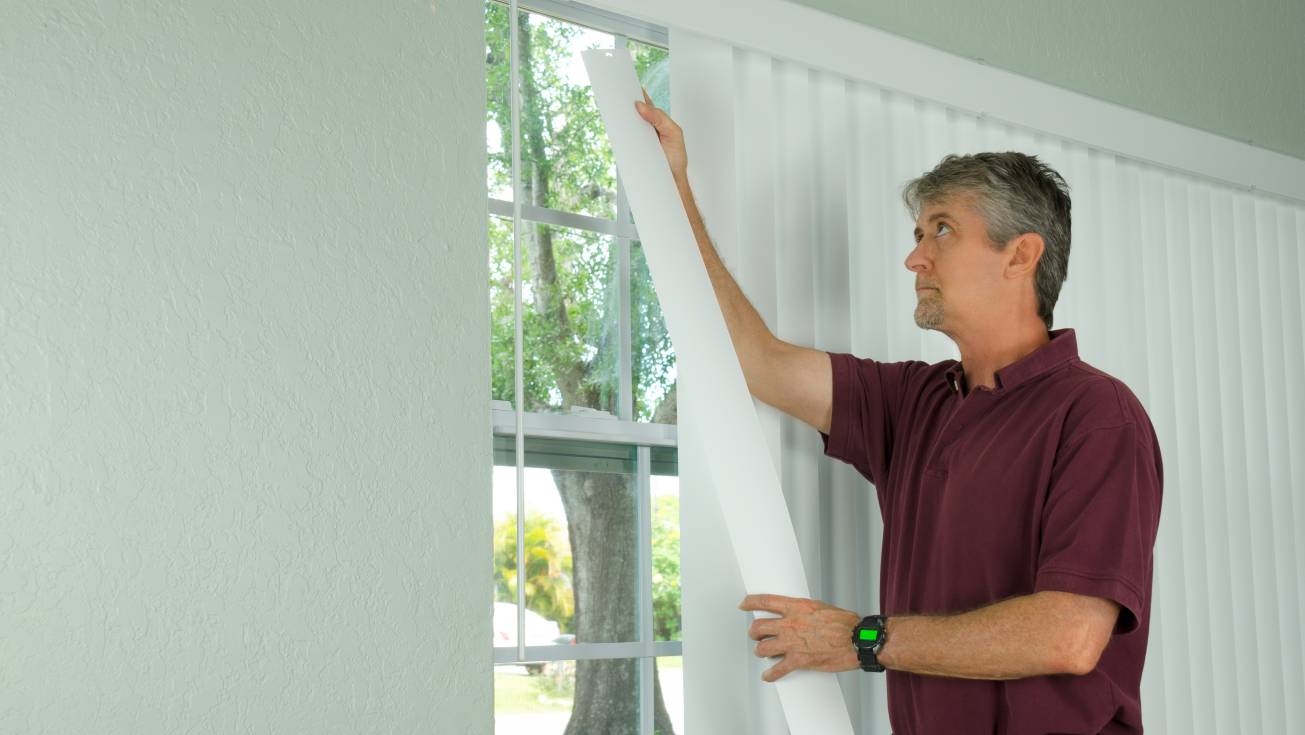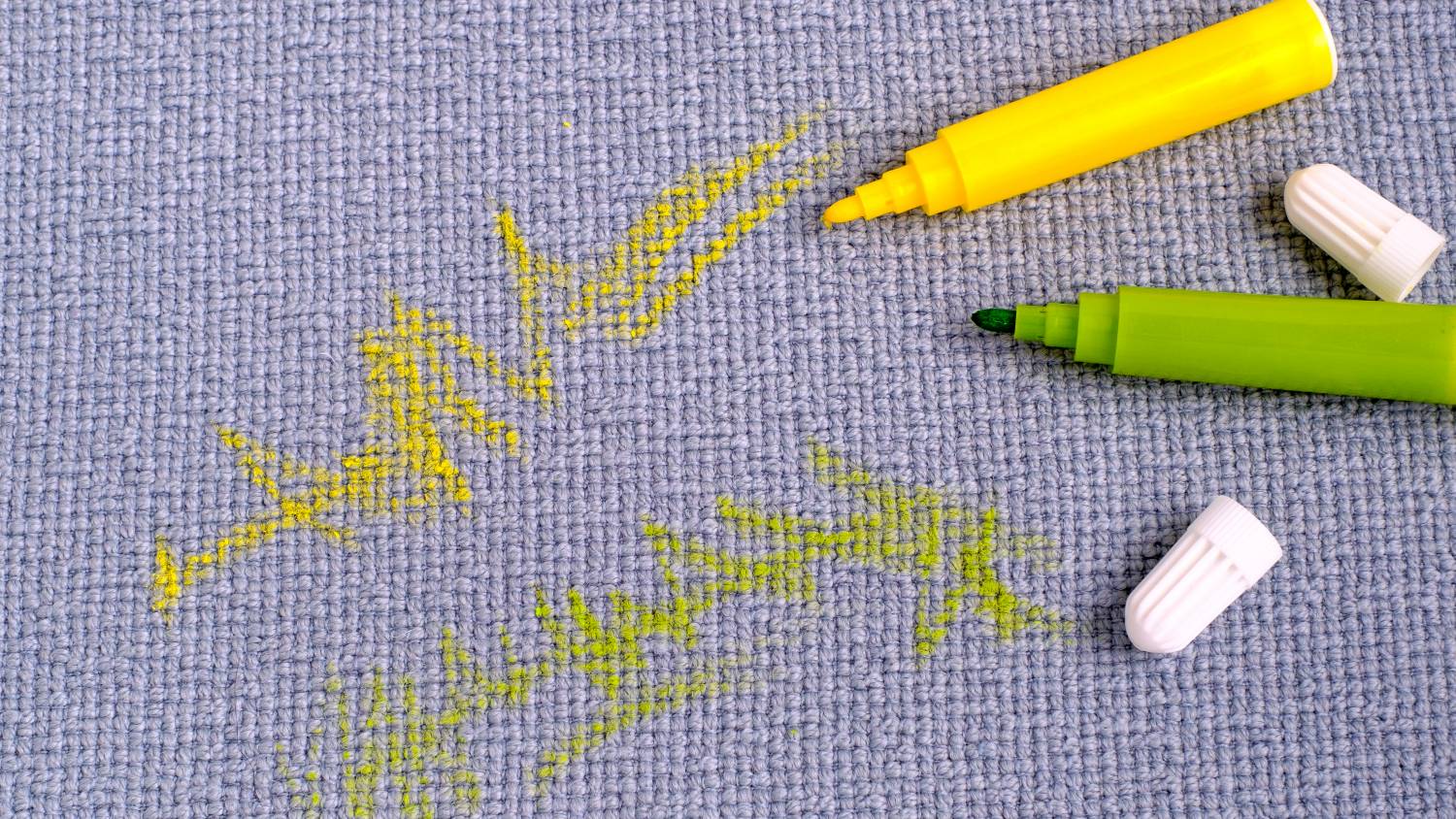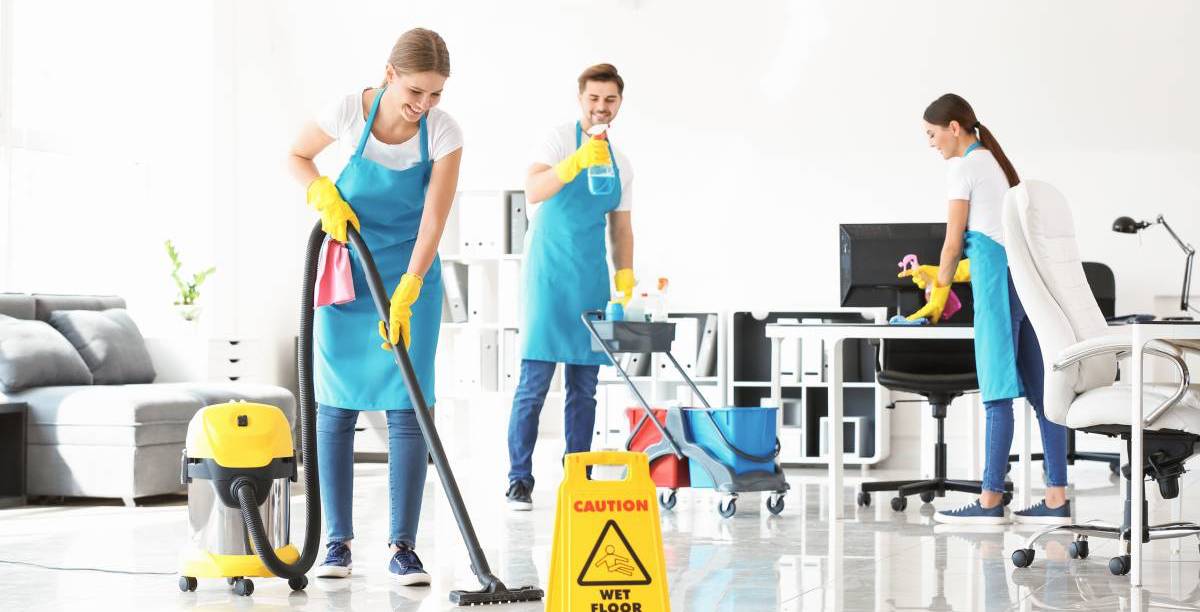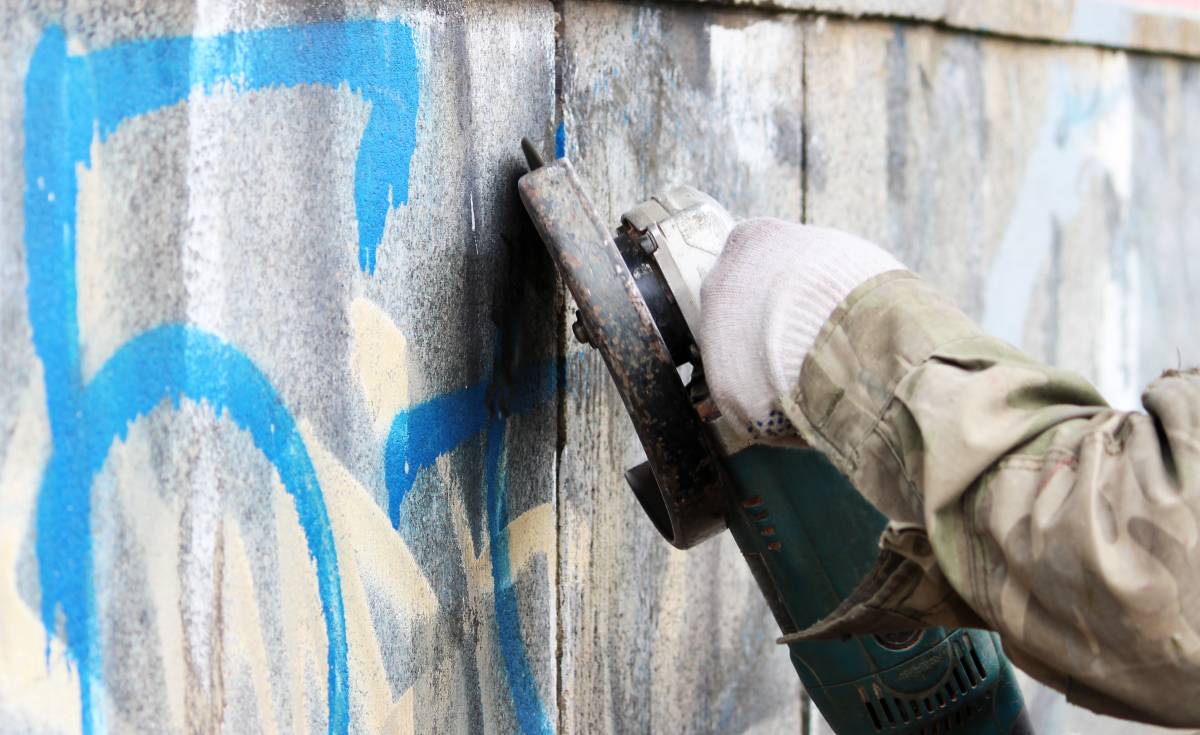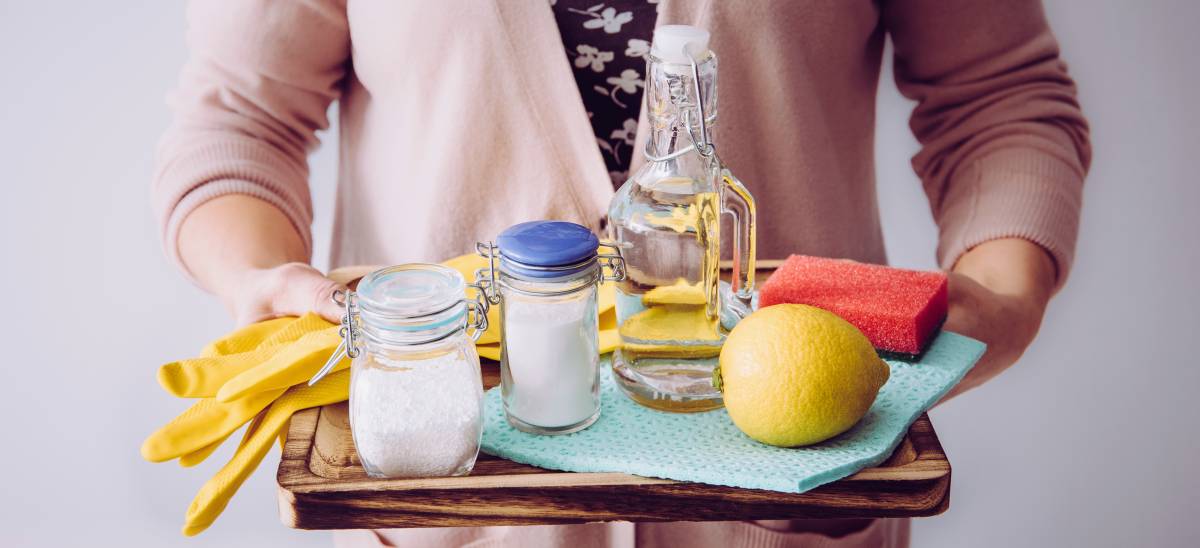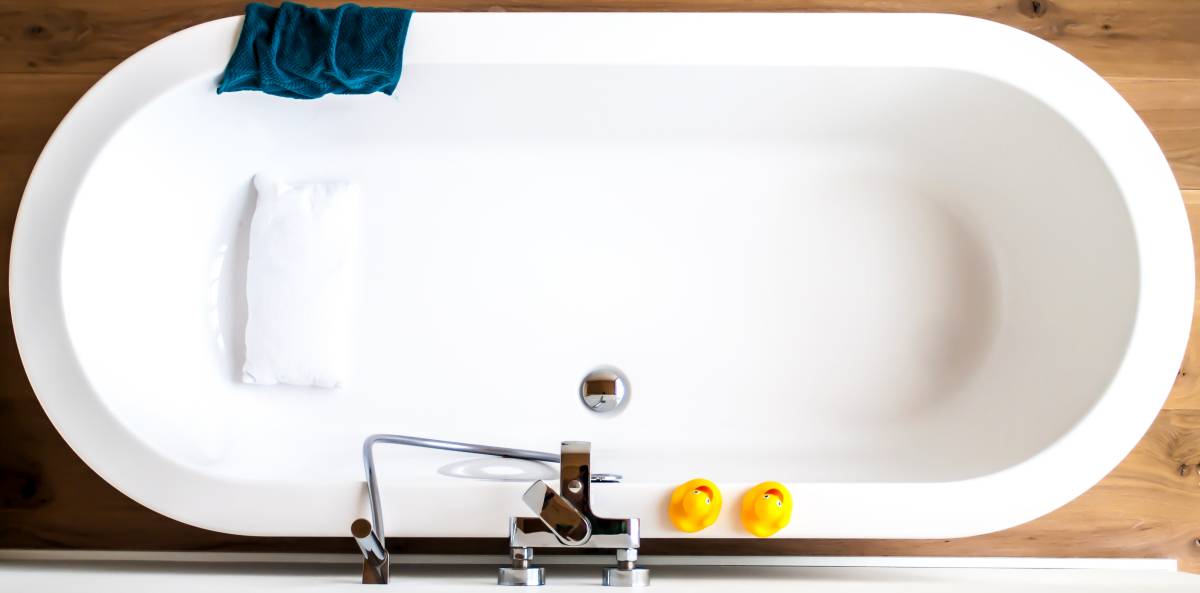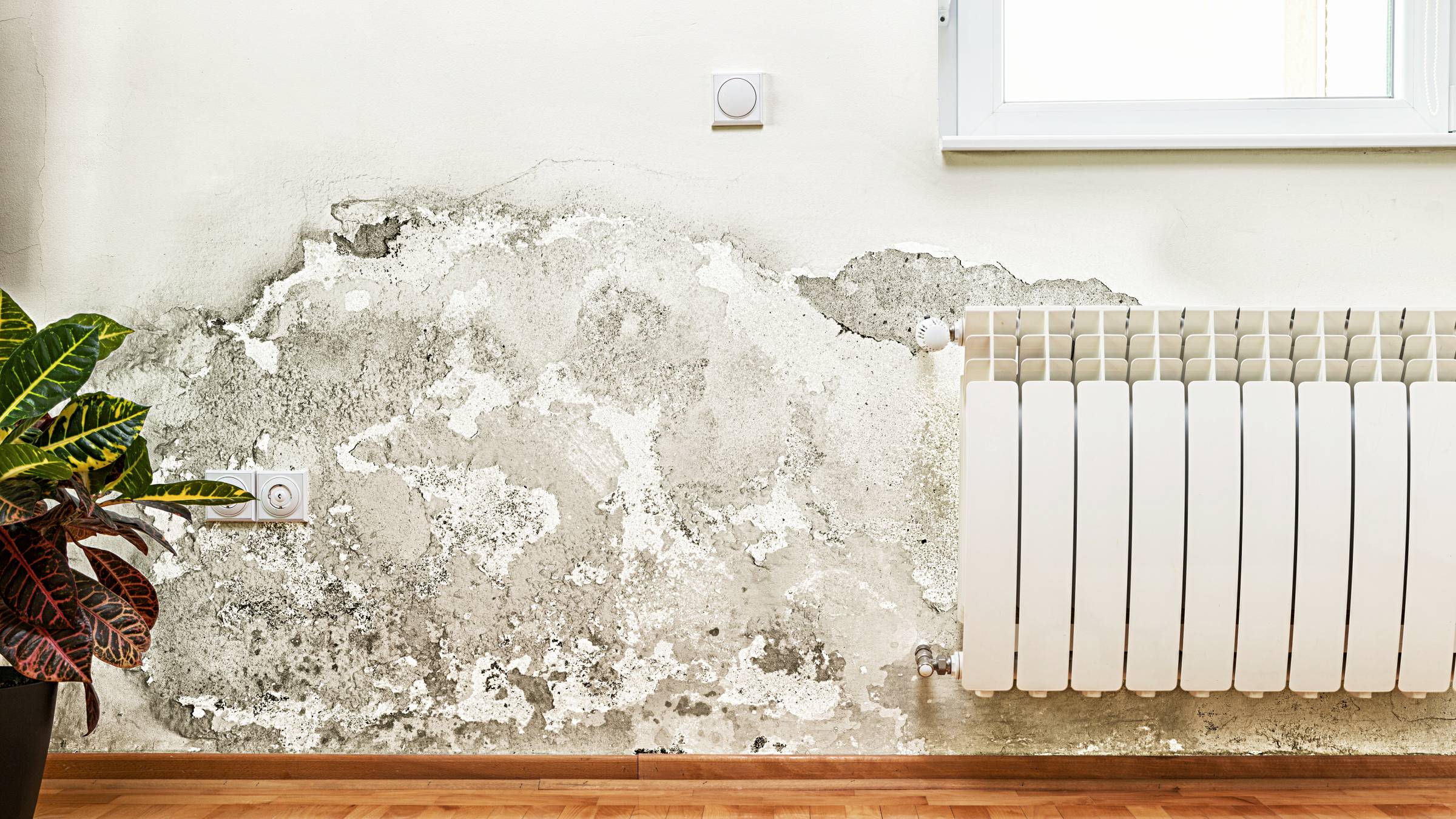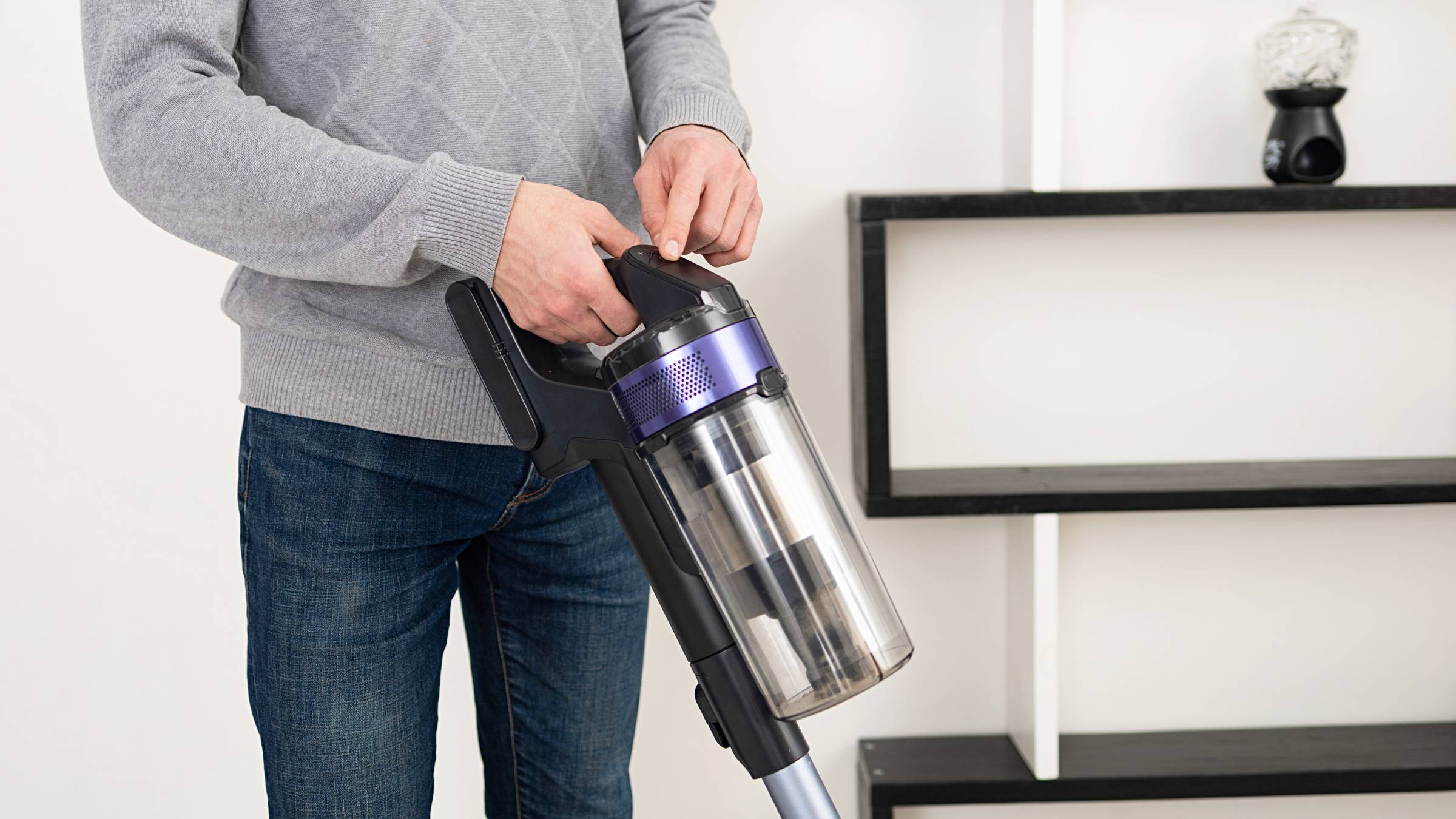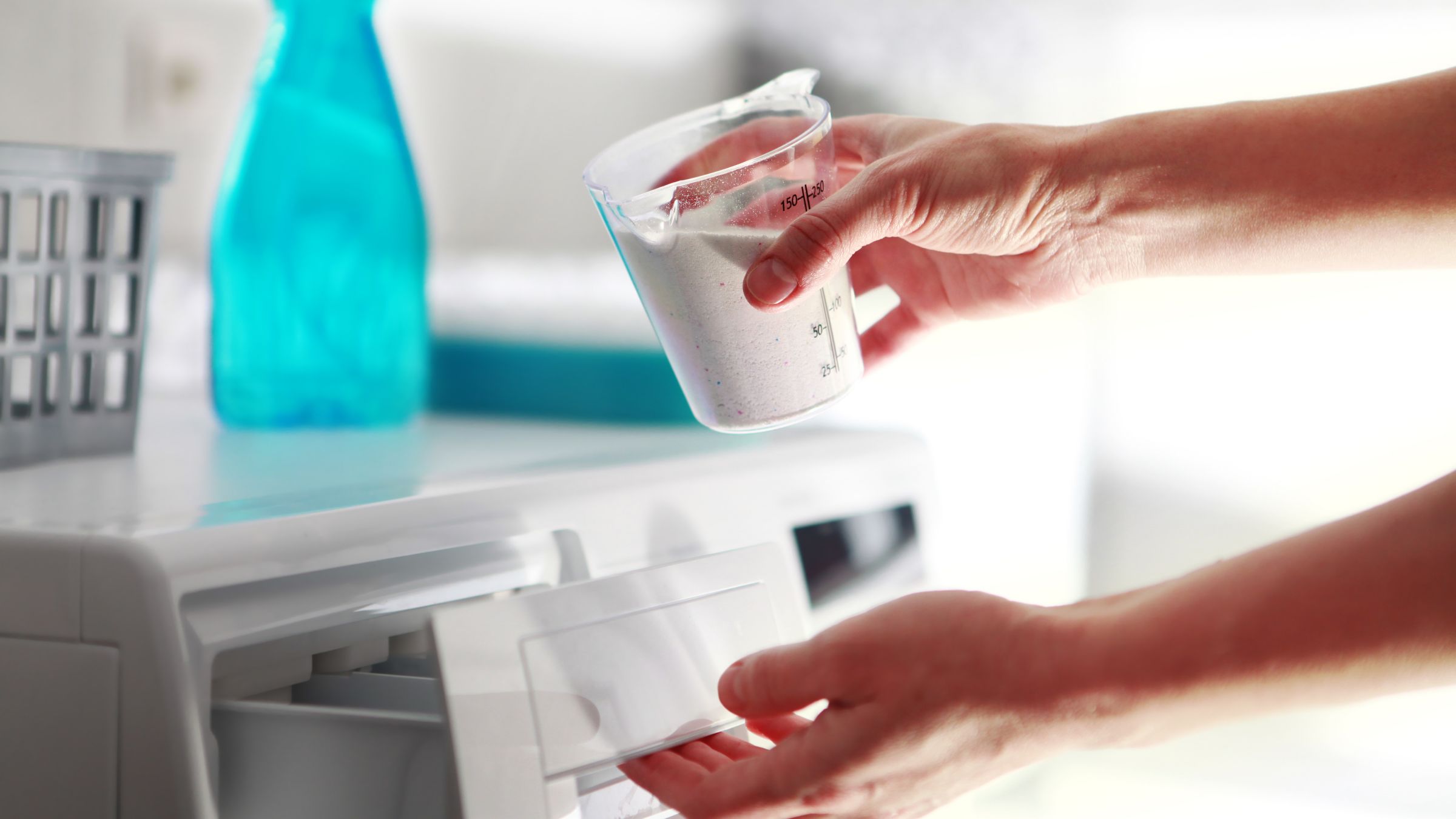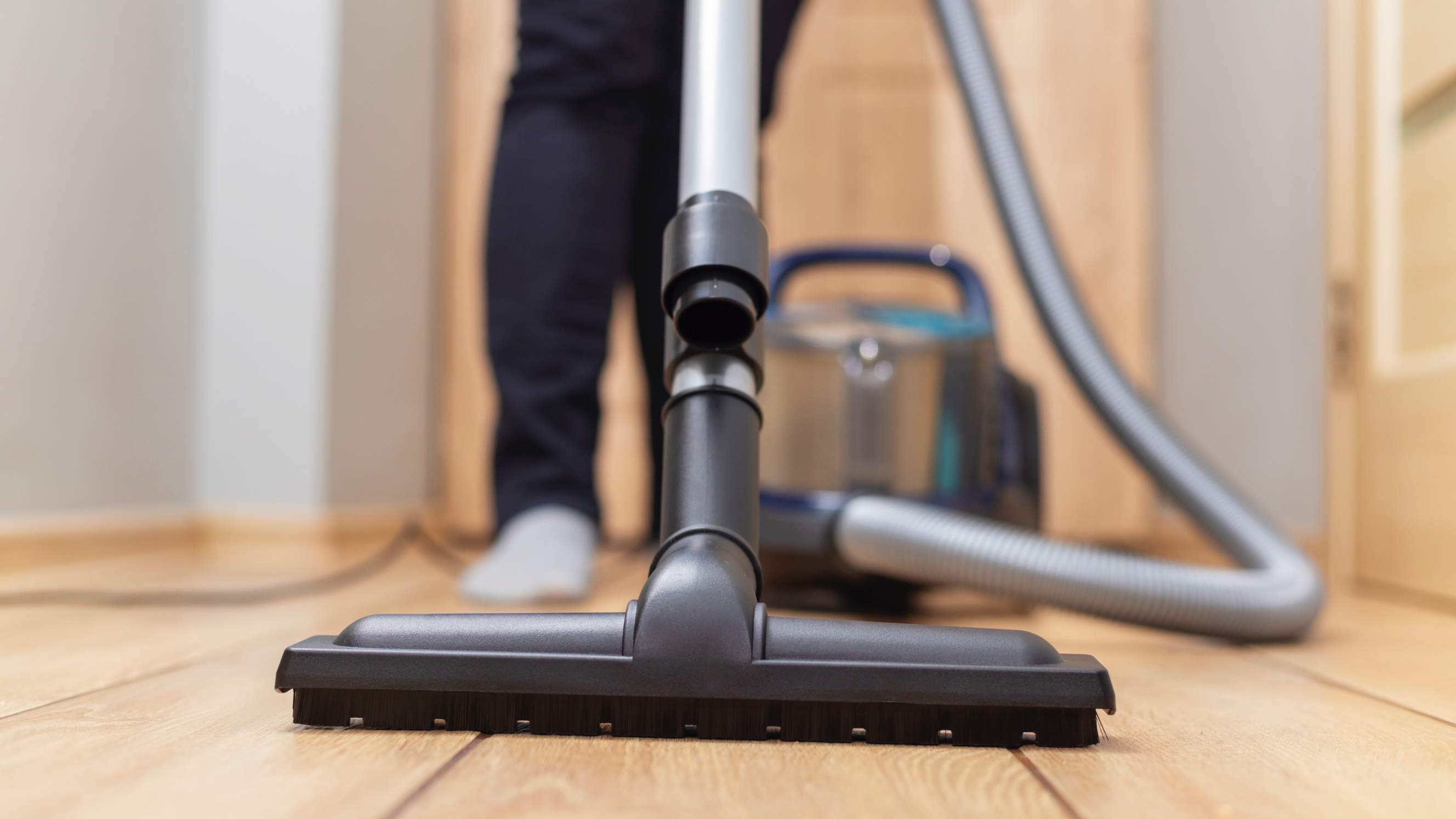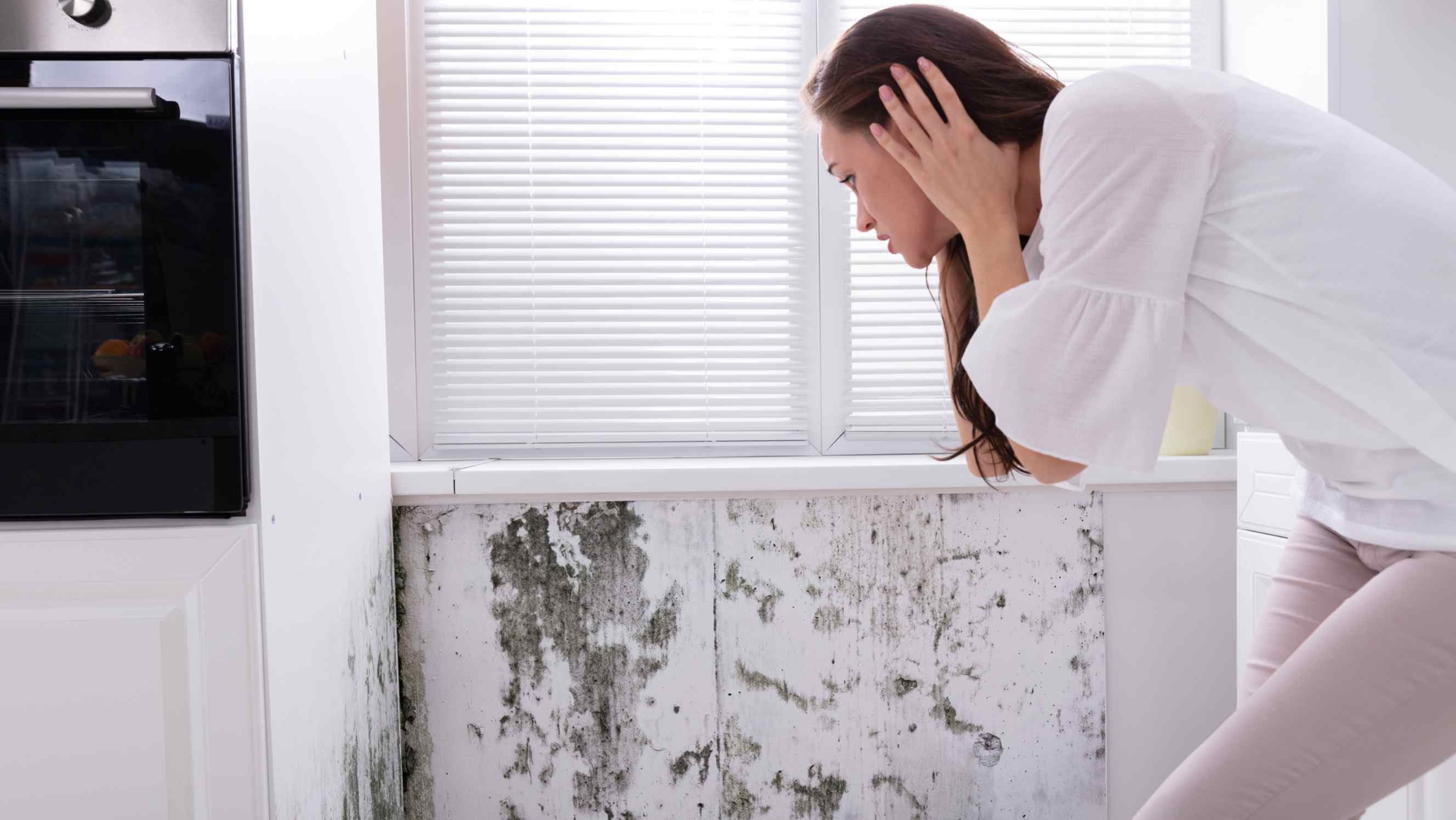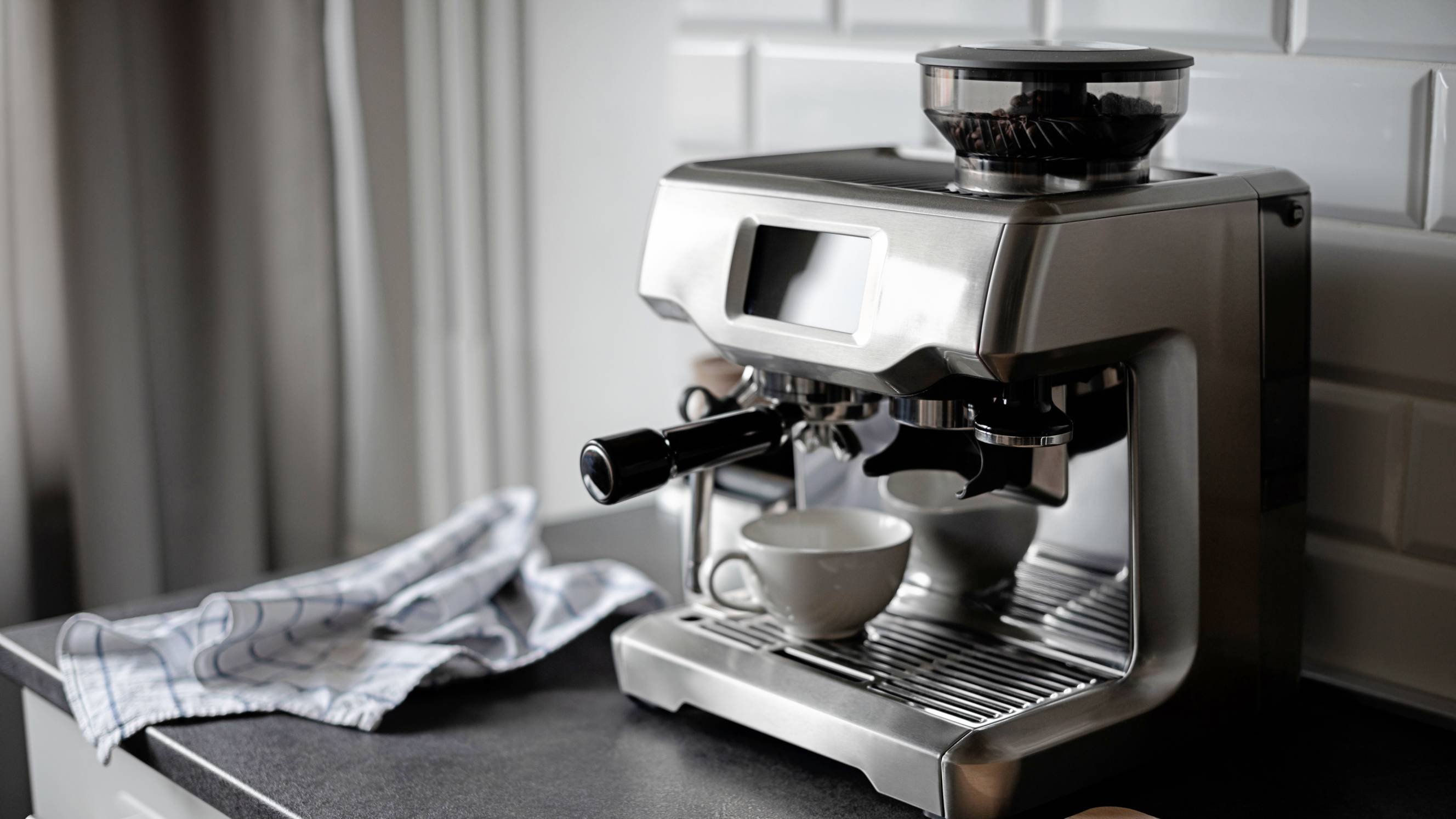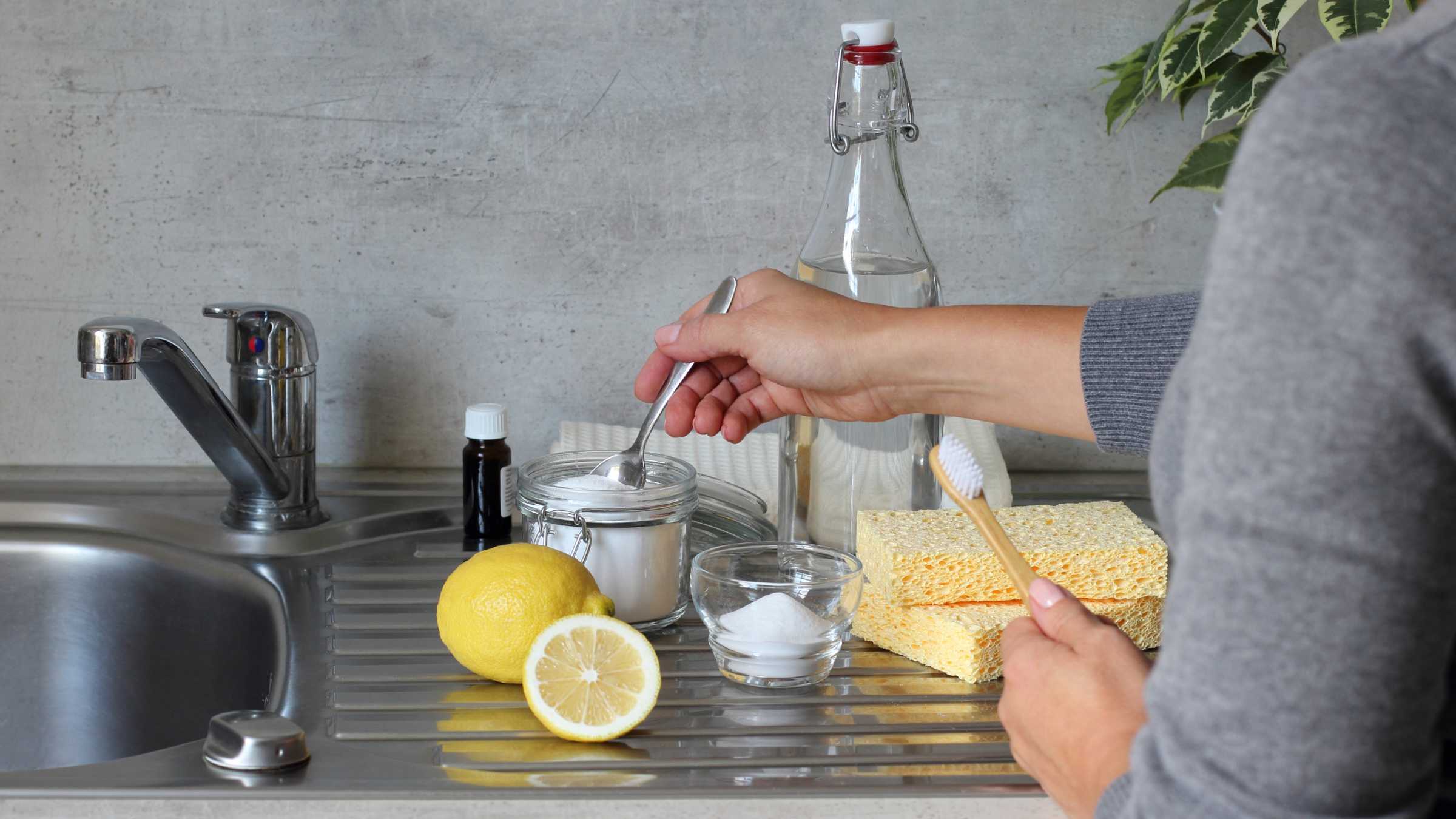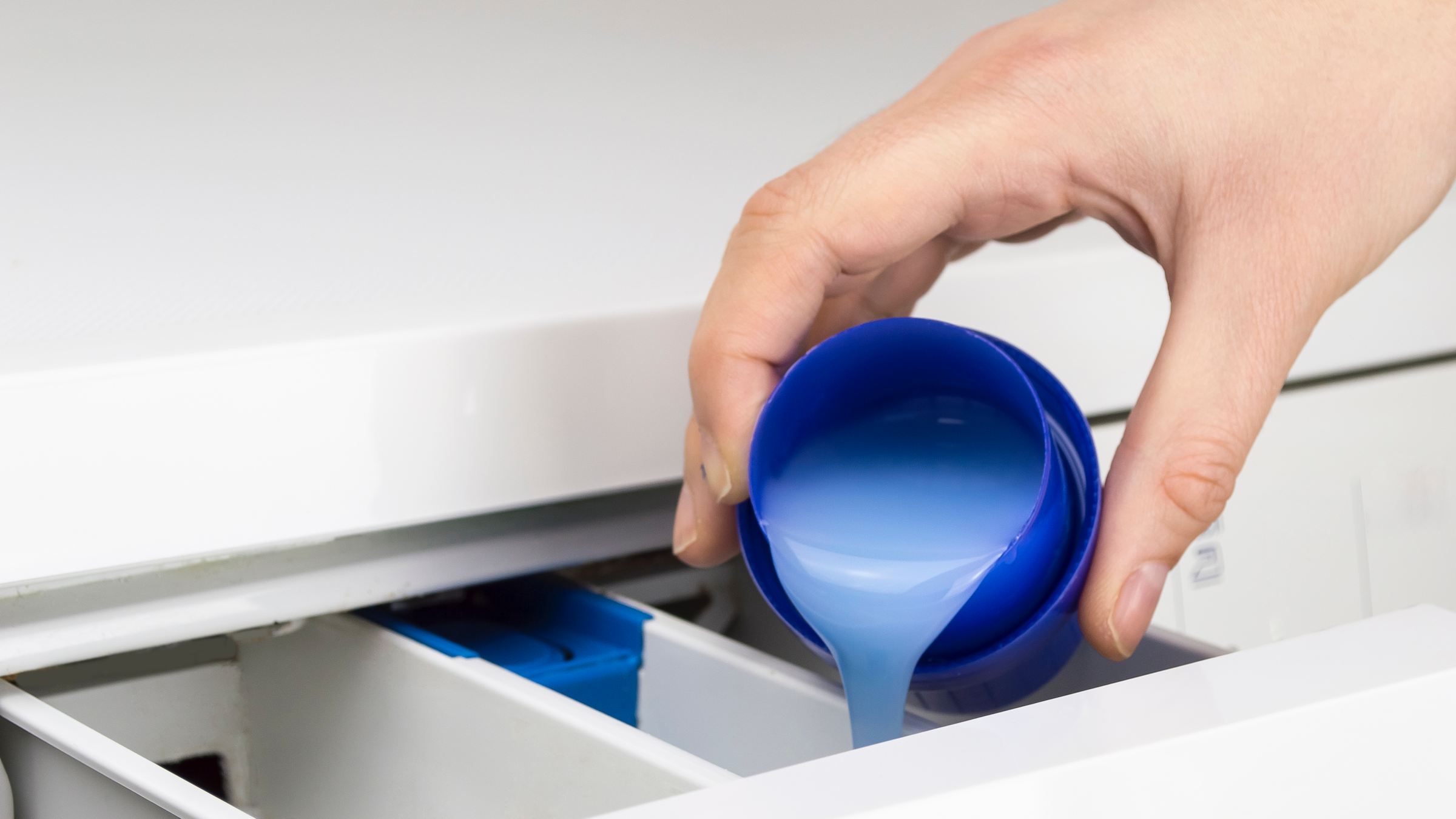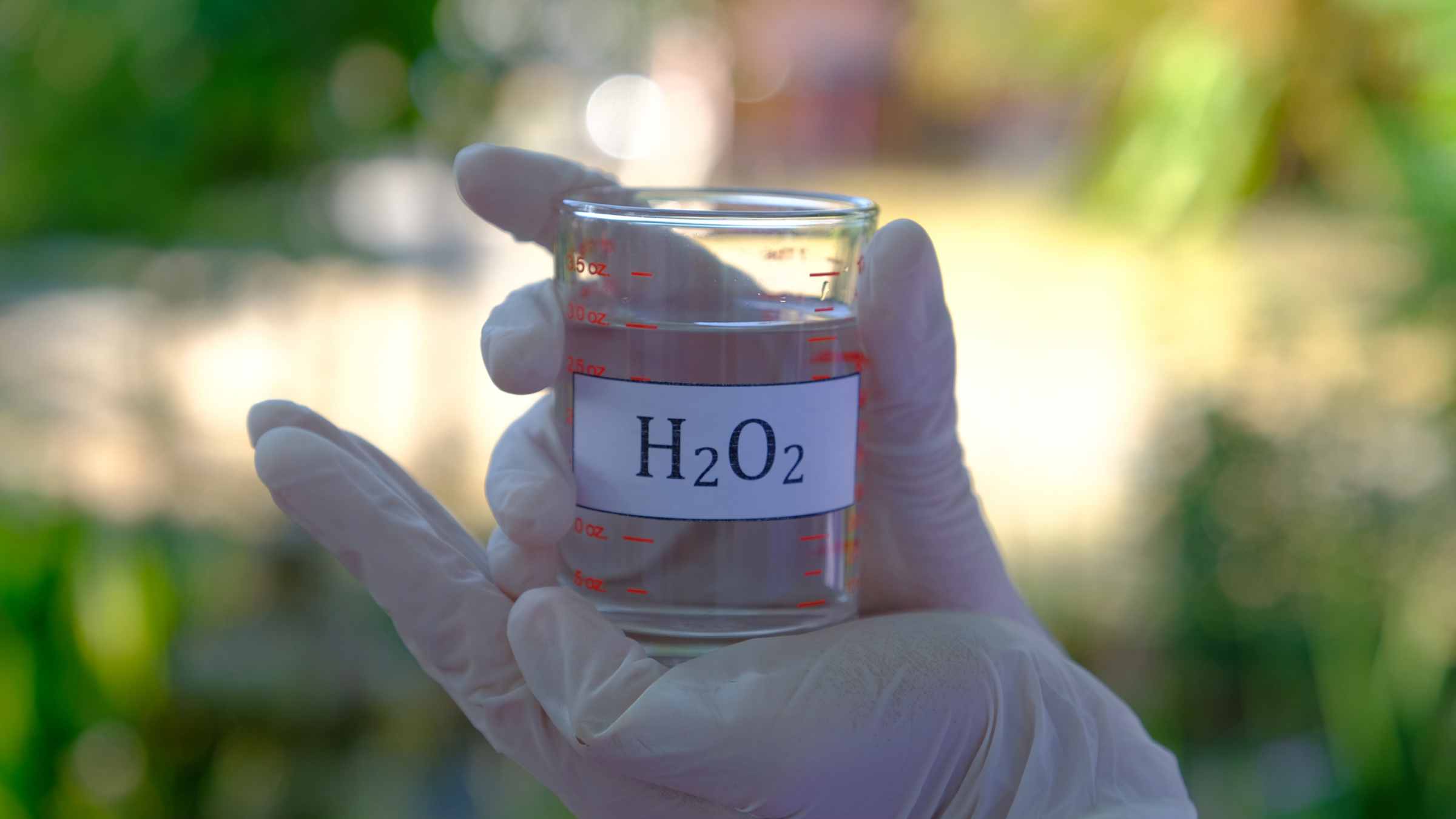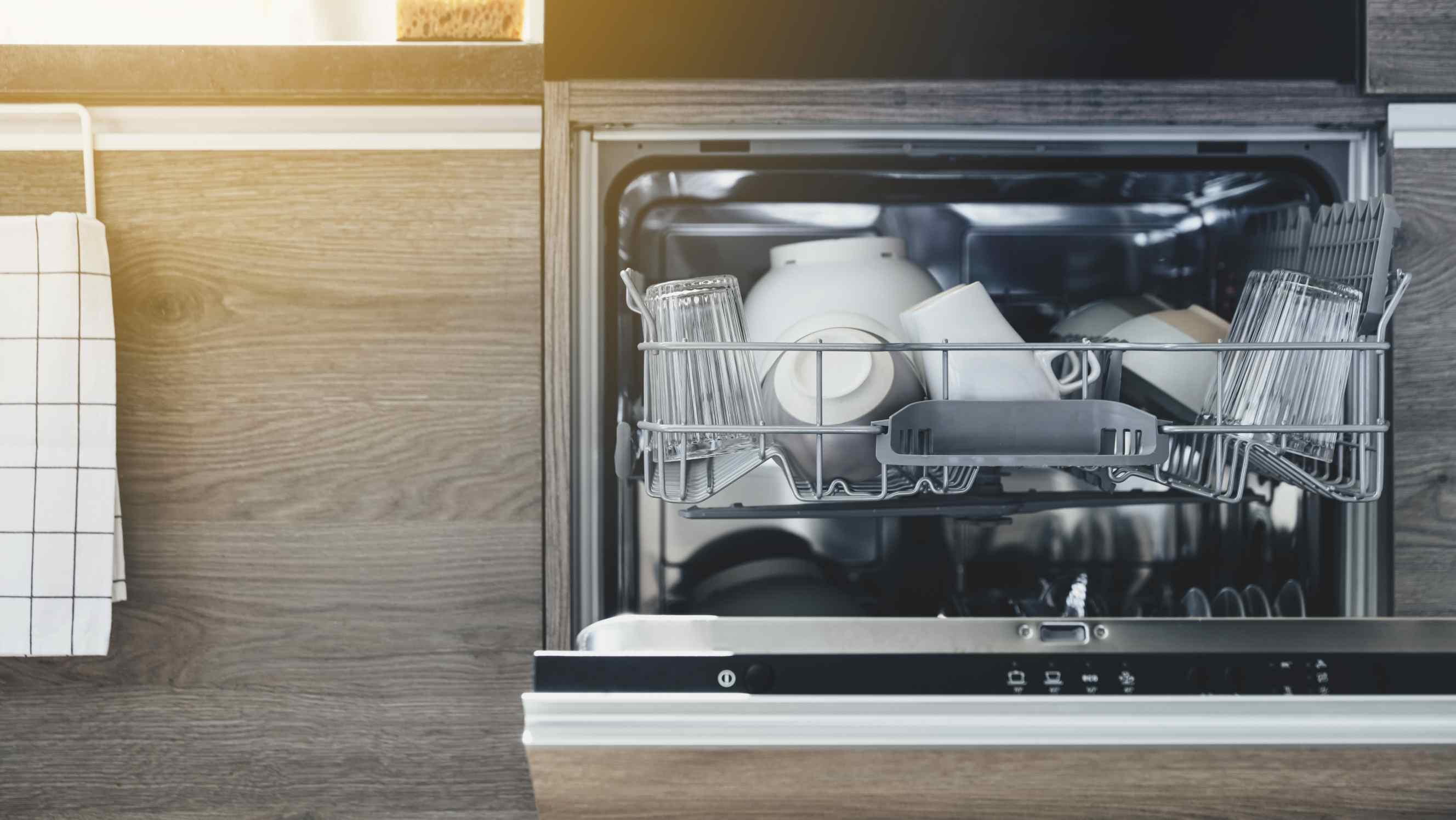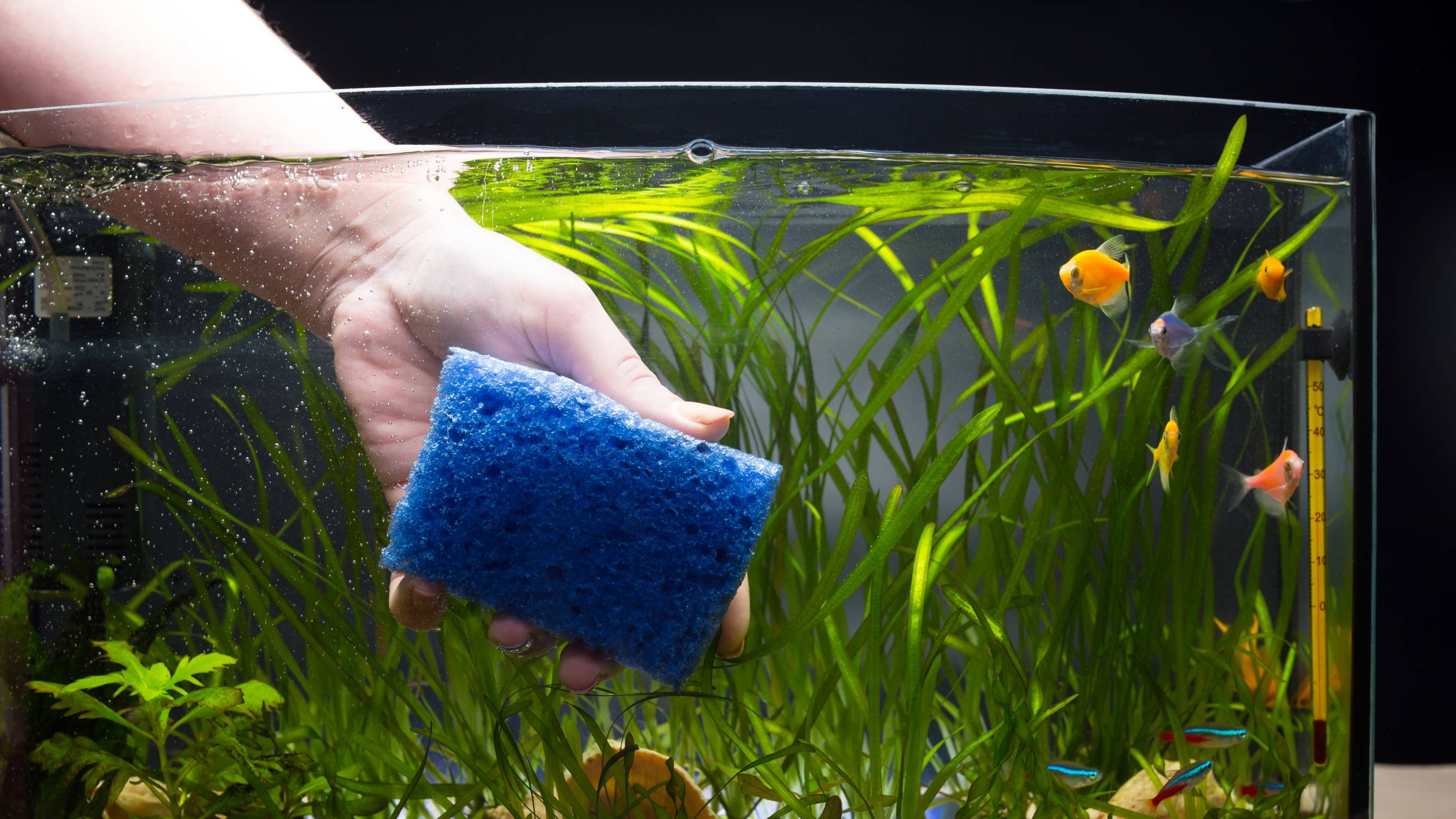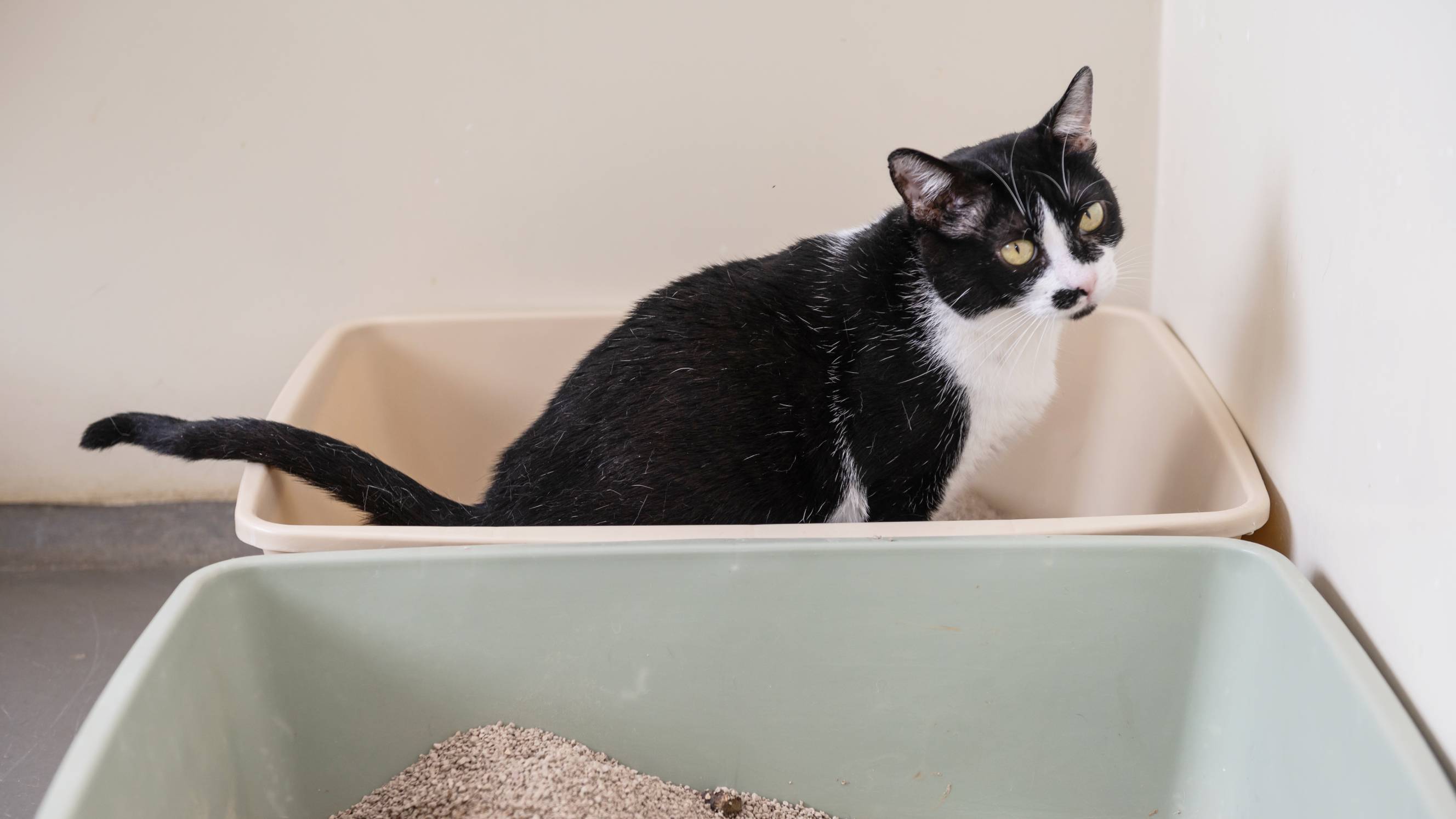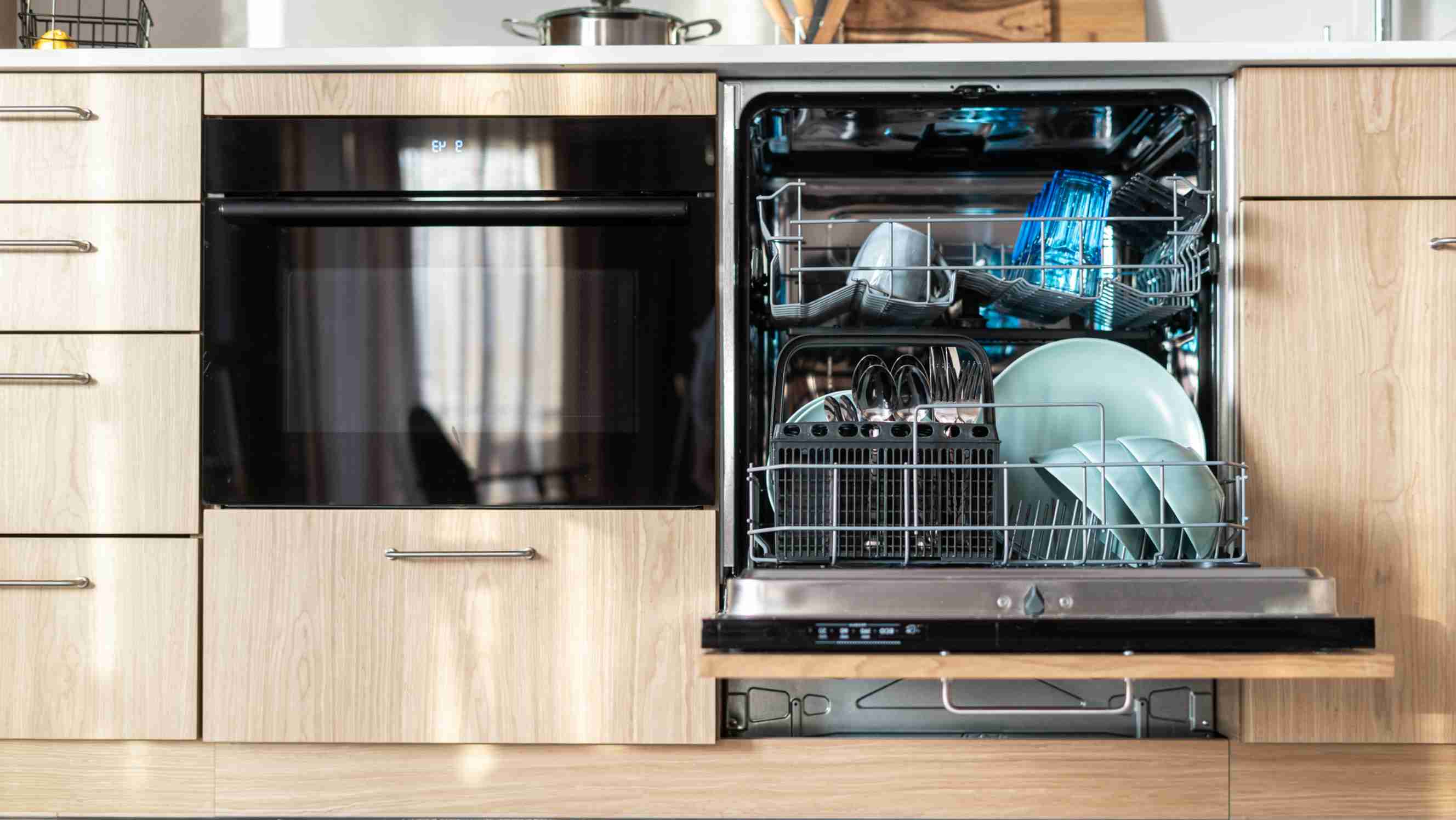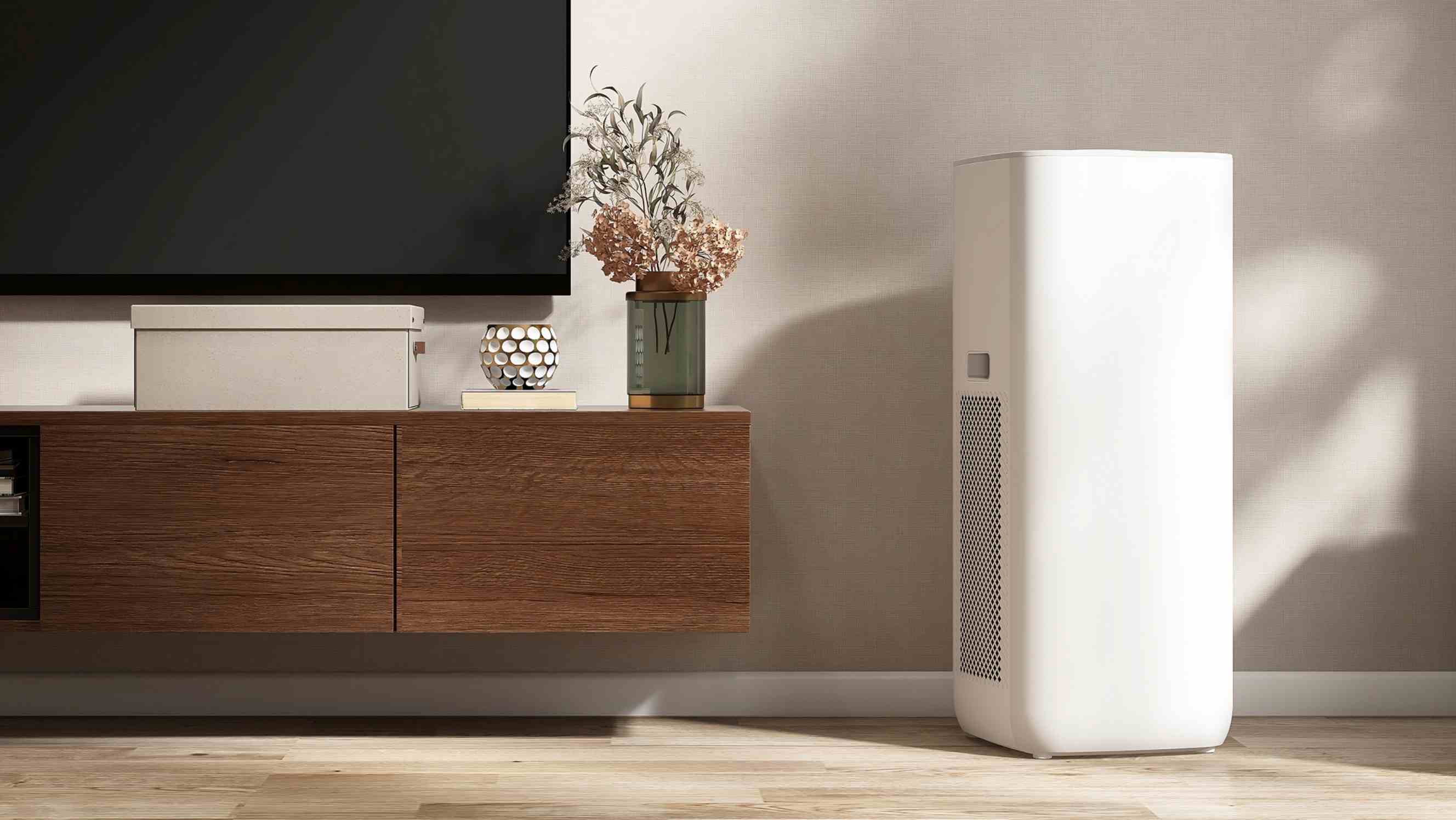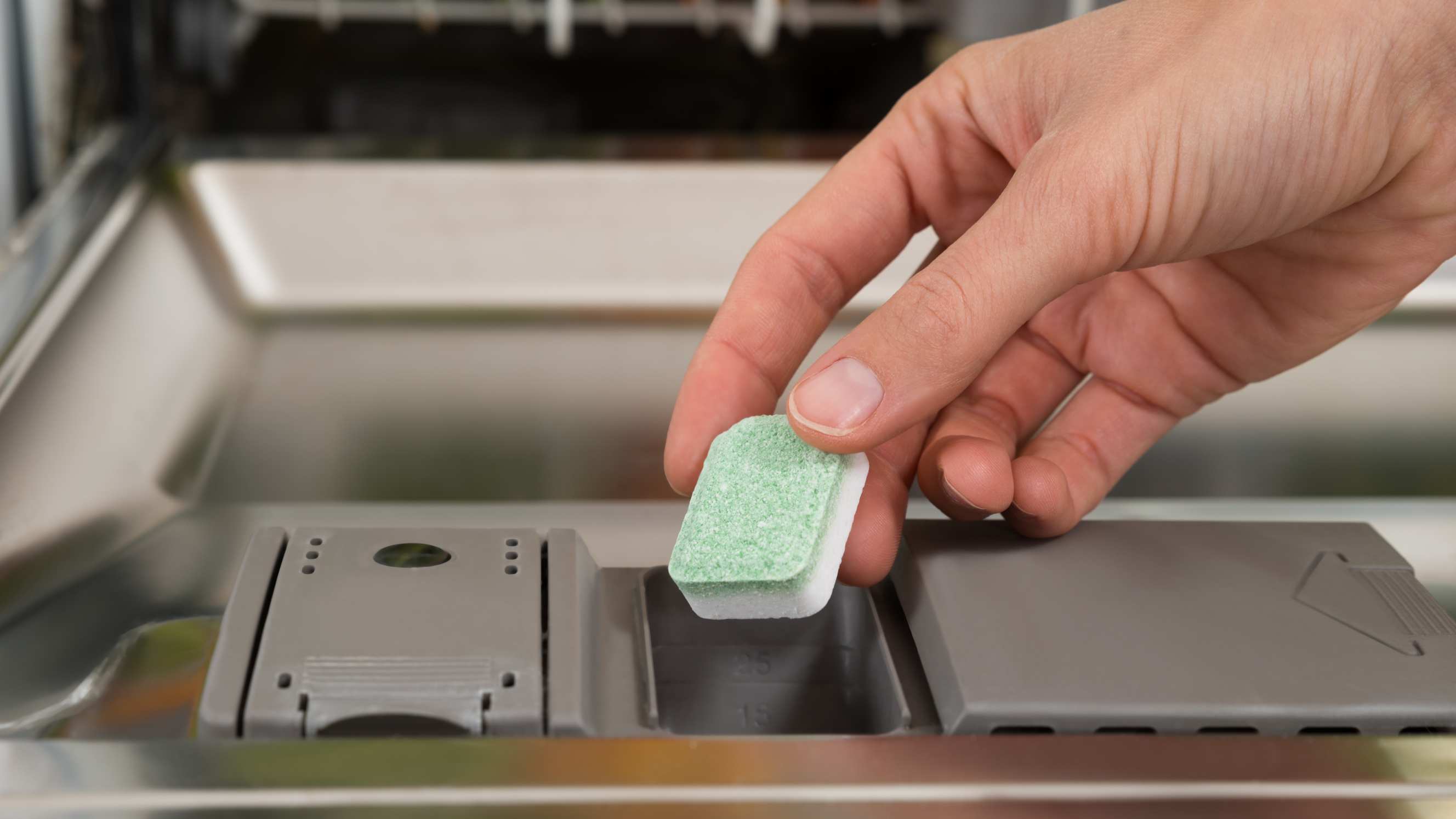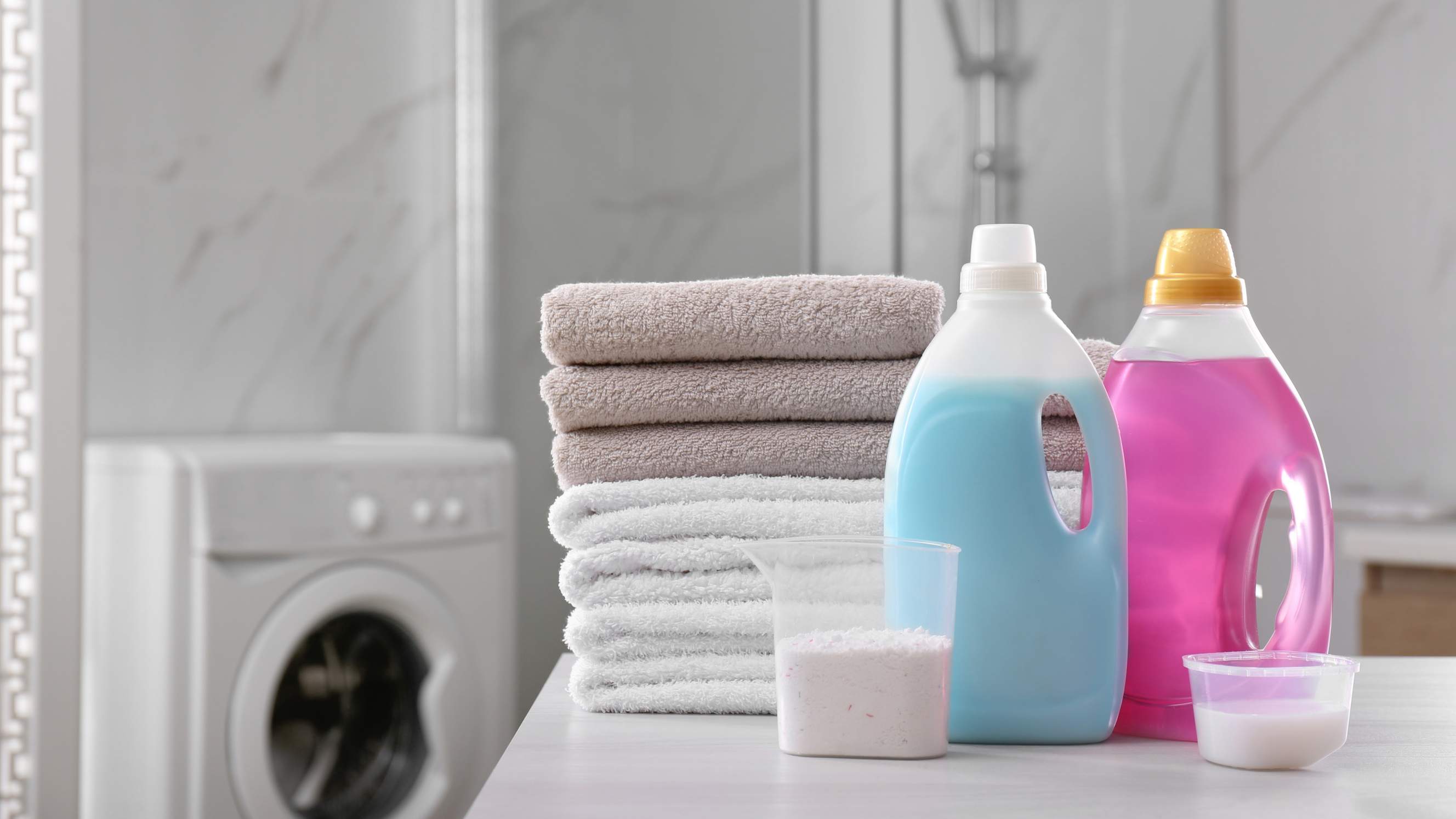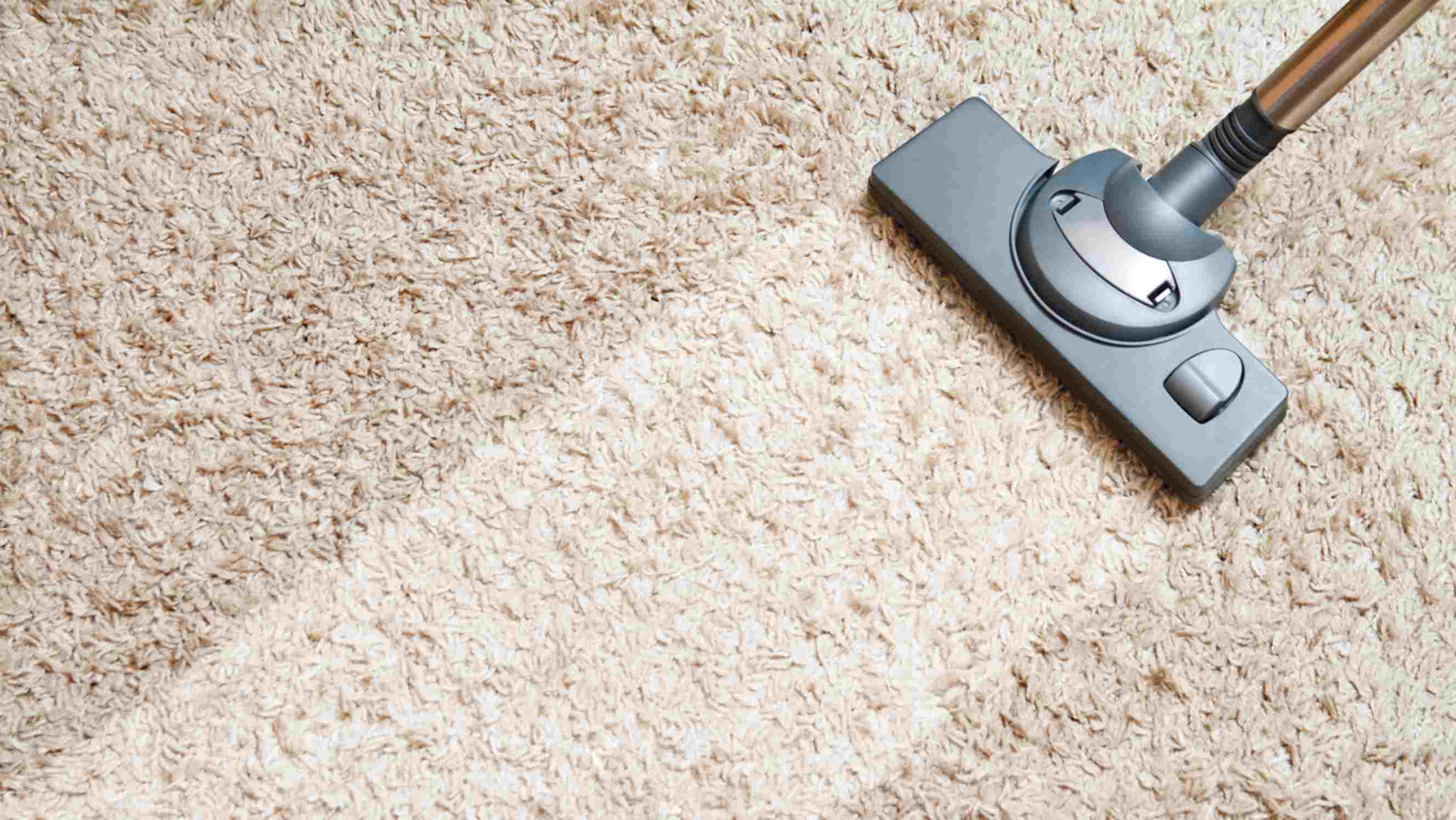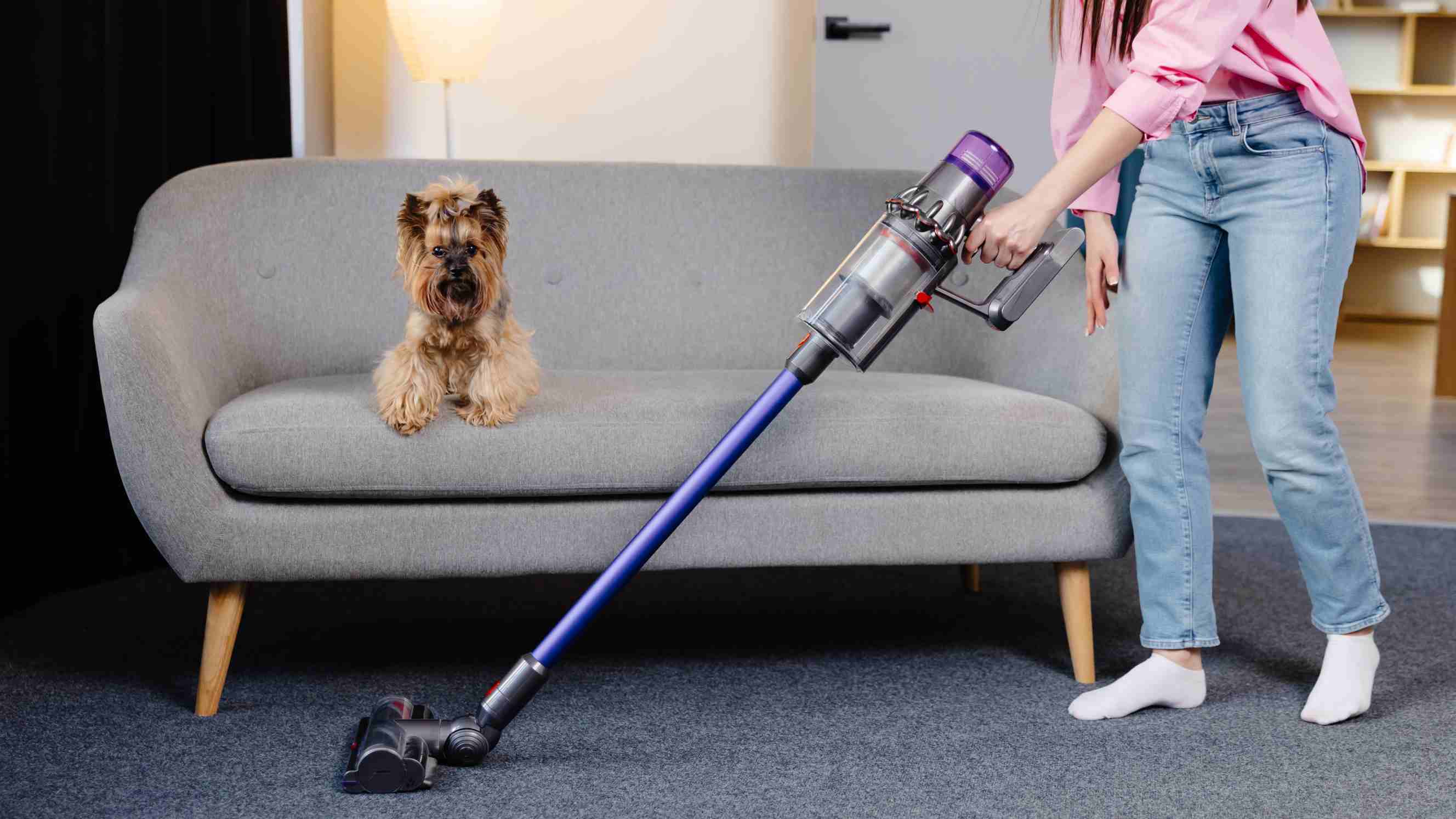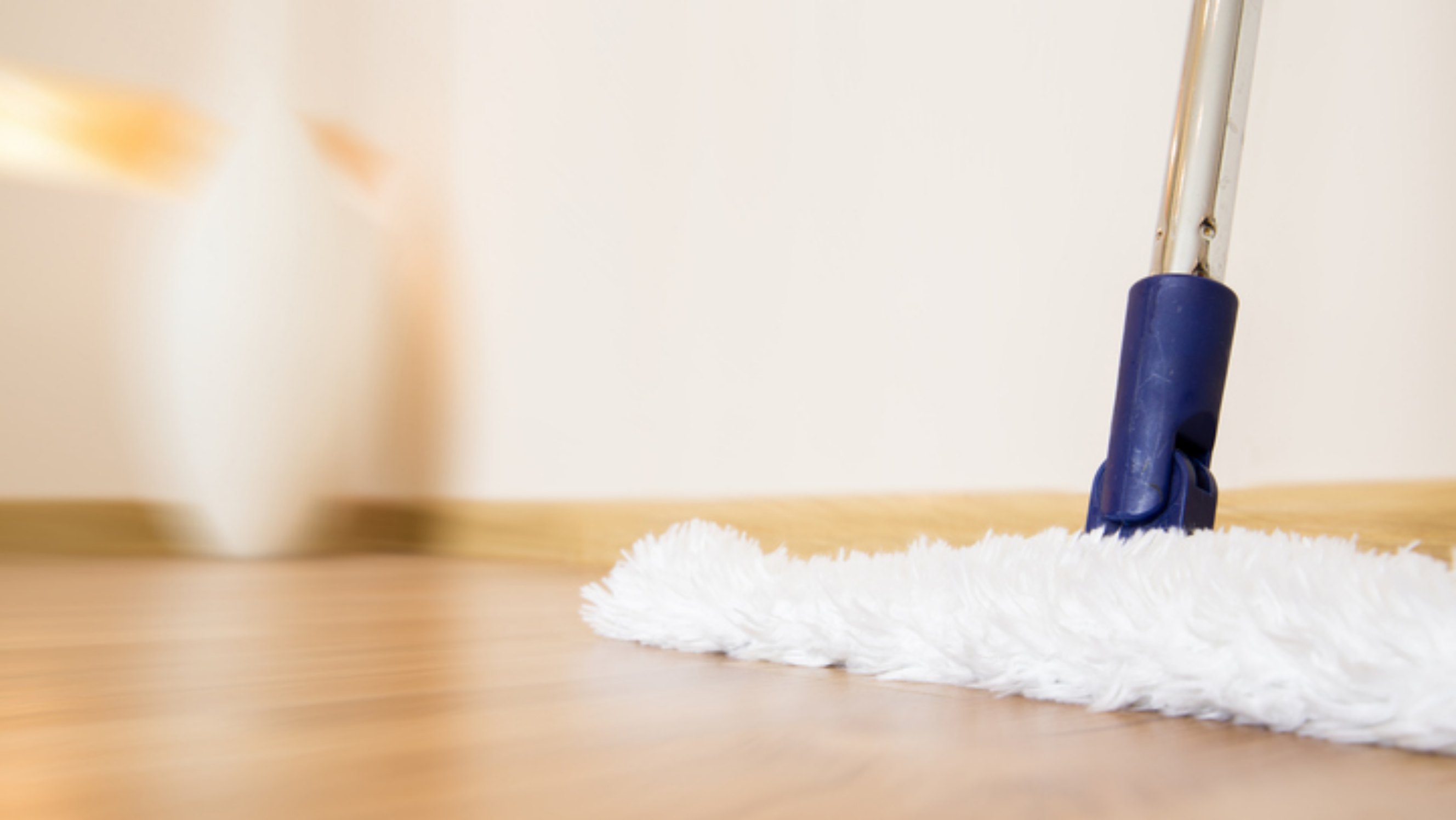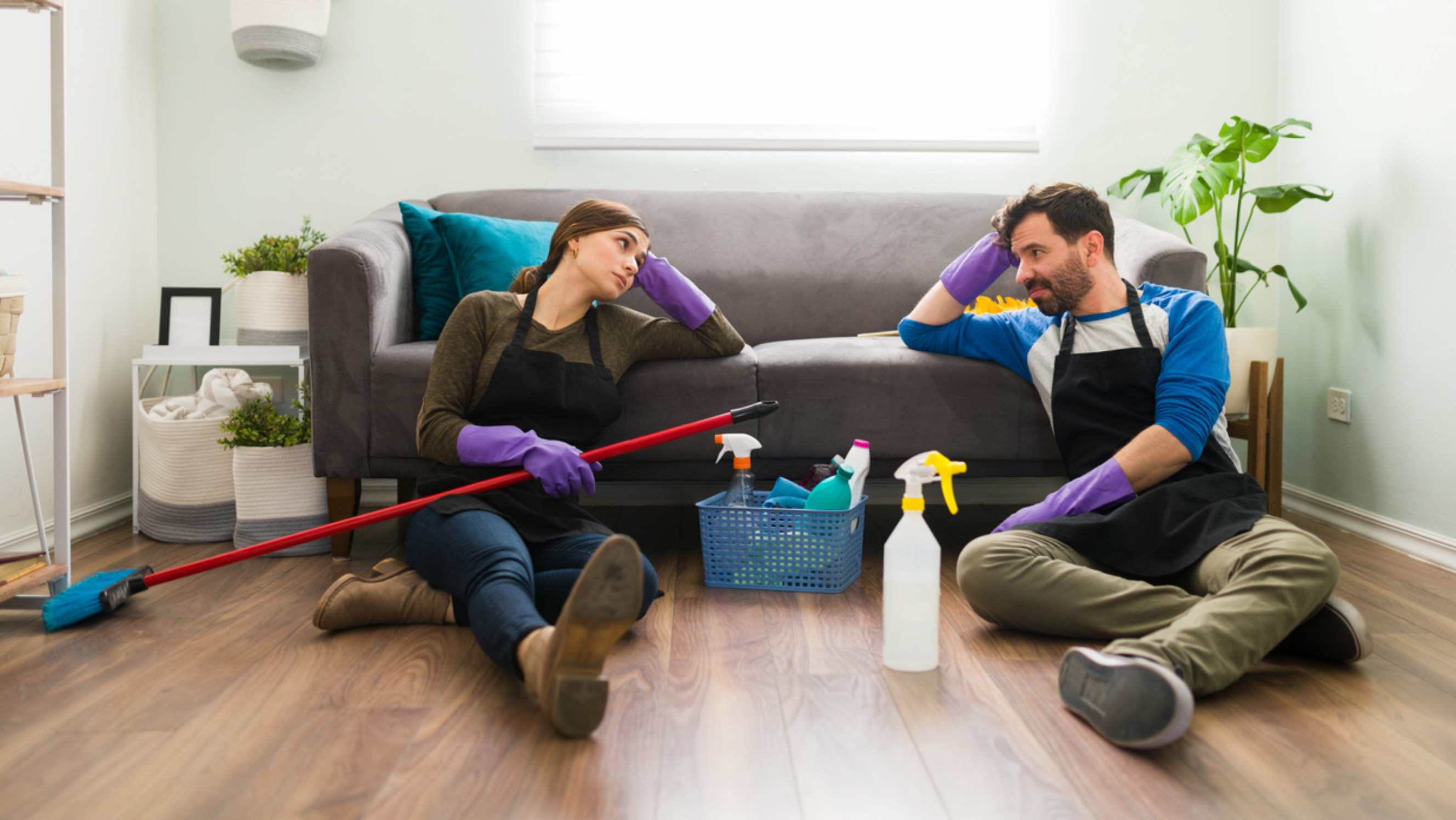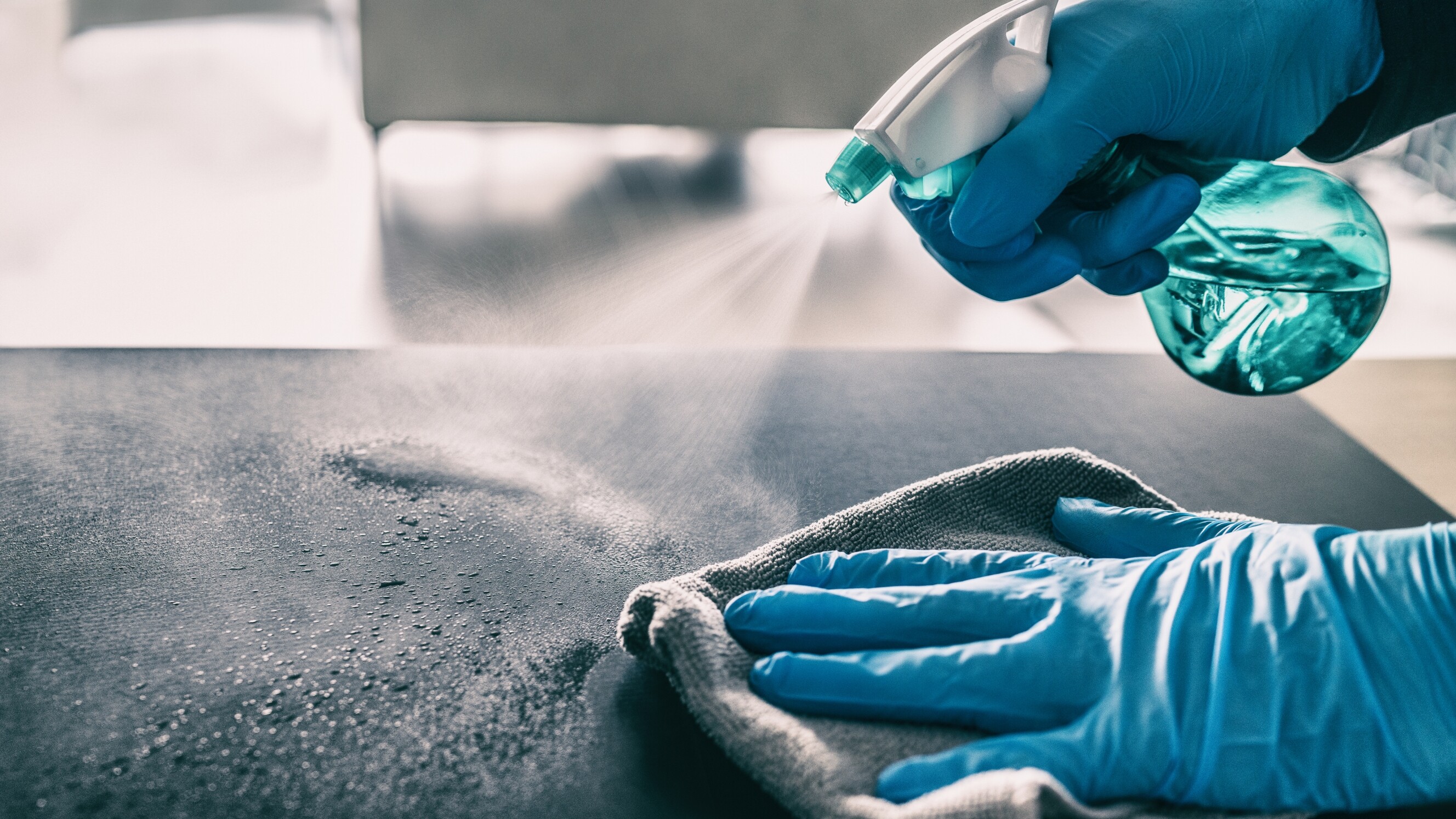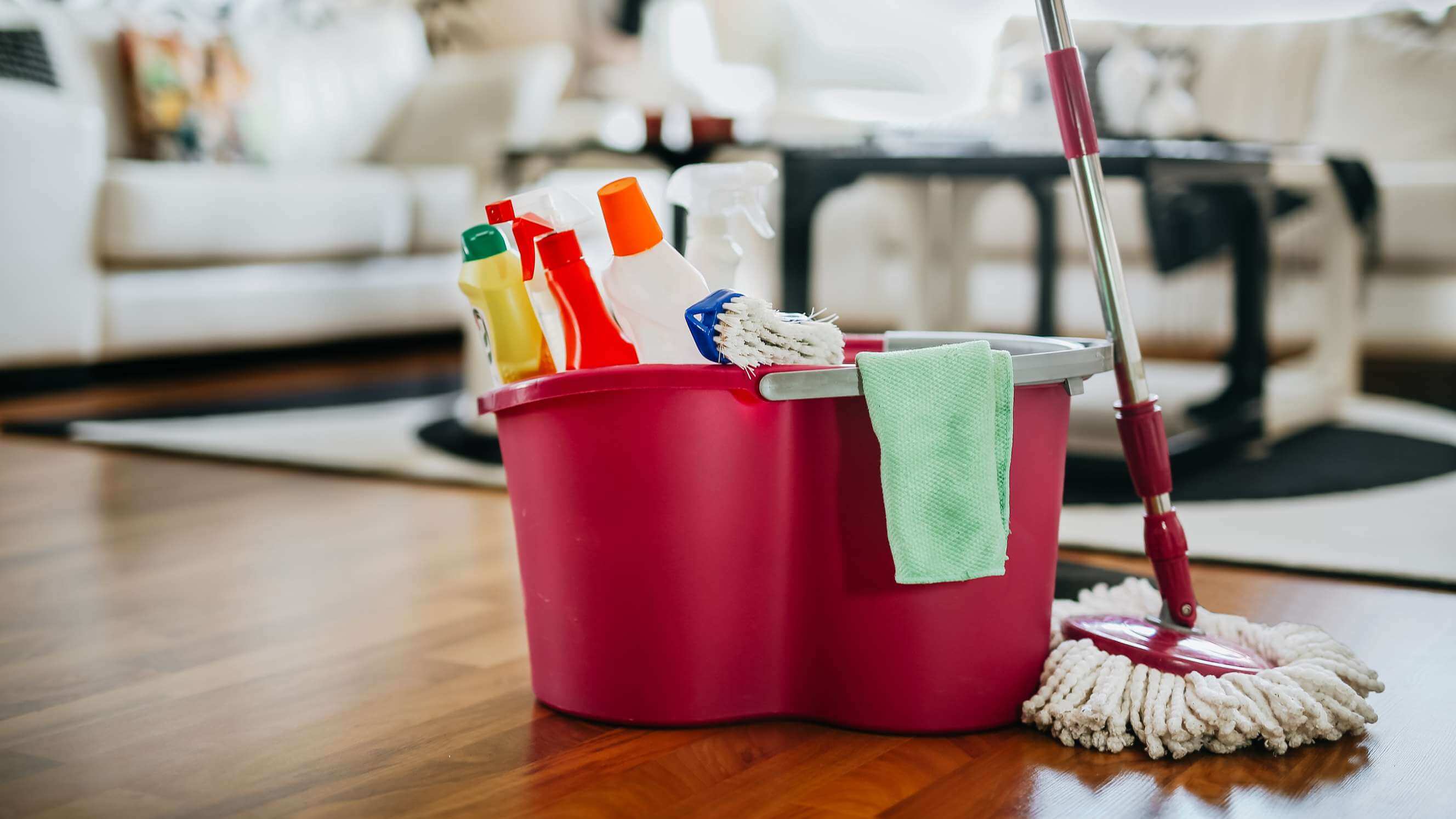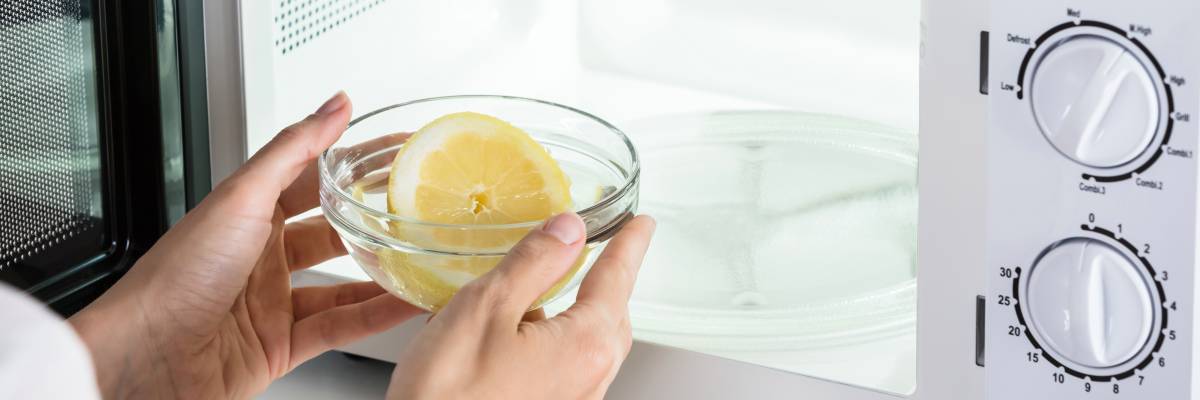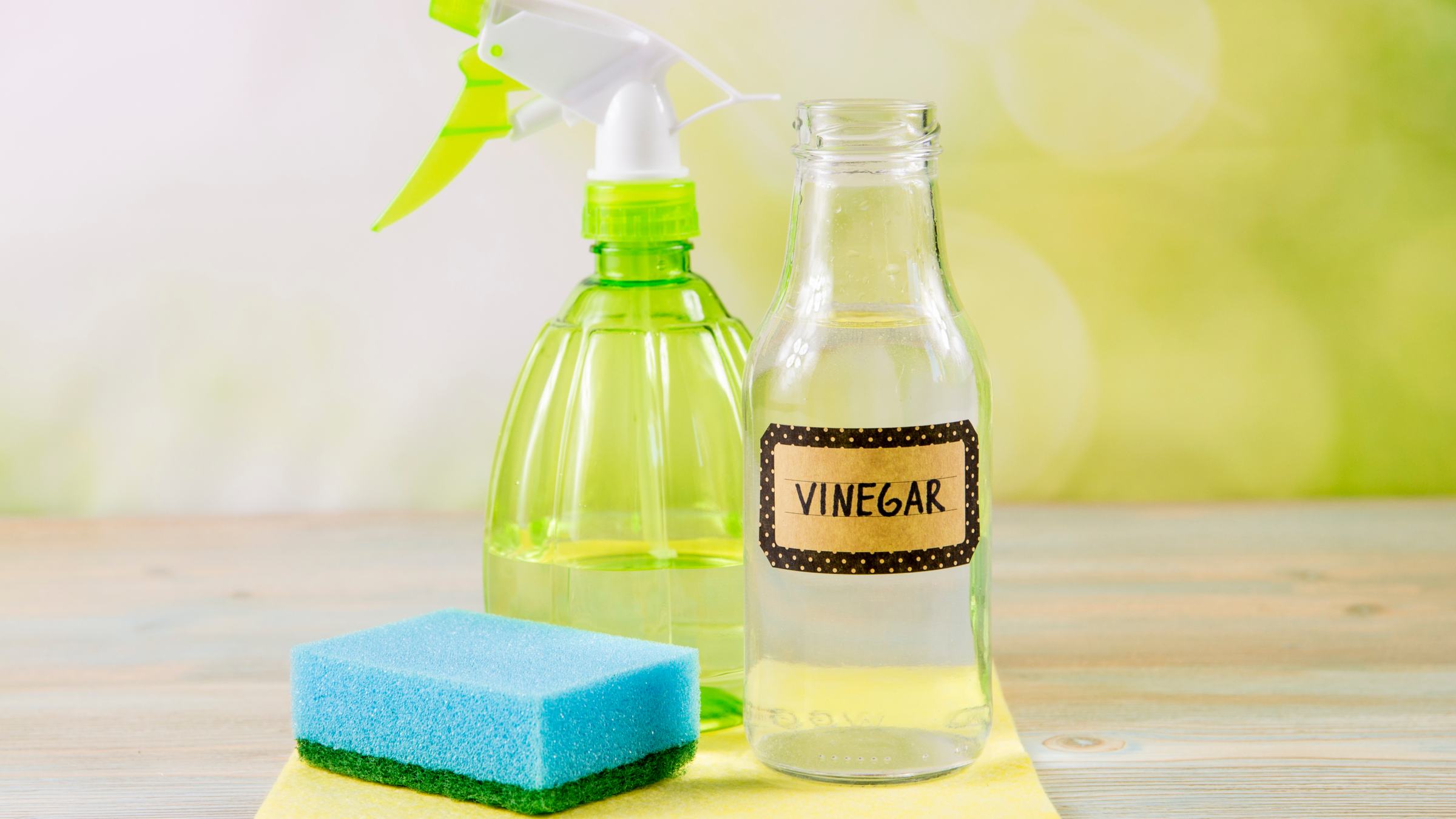- Home/
- Costs/
- Mold Removal/
- Mold Removal Cost Guide
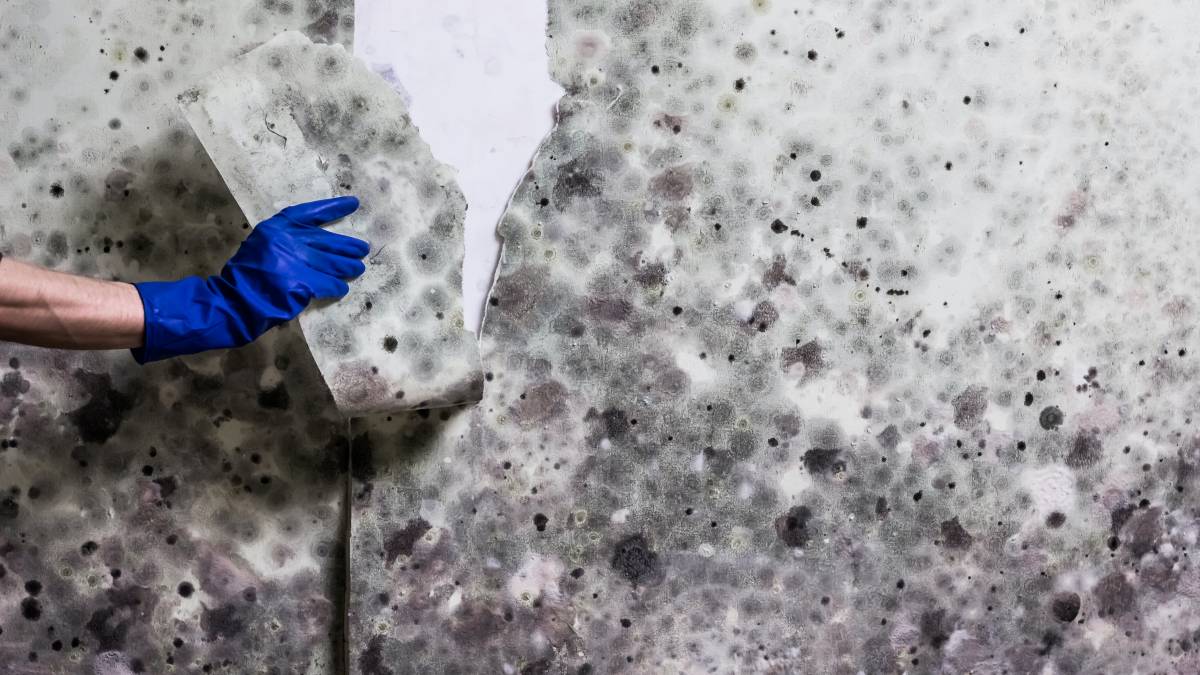
Mold removal cost: What you'll pay based on service and location
Get a free quote nowPost to find a price. It's free and only takes a minute.
Average prices
$500 - $30,000
low
$500
median
$2,347
high
$30,000
Last Updated on
Key Facts
- Mold removal costs in the US range from $500 to $30,000 depending on the area size, with an average cost of $300 per room.
- Symptoms such as congestion, coughing, and sore throat are often mistaken for common colds when they actually indicate a mold problem.
- When hiring a mold removal professional, verify they are licensed, certified, insured, and provide written estimates.
Having mold in your home is a common occurrence. Exposure to mold increases the risk of health problems such as asthma and allergies. You can do the work yourself, but sometimes it’s best if you hire a professional to get rid of the mold.
So, how much does mold removal cost? Typically, mold removal costs anywhere from $14 to $29 per square foot of mold and mildew removal. For an entire home filled with mold, it can cost anywhere from $500 to $30,000 to remove the mold and mildew. The price varies on the type of mold that is in your home, the size of the infected area, and the difficulty of accessing the mold.
If your home or workplace is infected with mold, read below to find out how much it costs to remove mold based on your location and the type of mold in your building. By the time you’ve finished reading, you’ll be one step closer to keeping yourself and your family or workplace safe.
Average mold removal prices based on state
Common or black mold removal costs vary depending on your location. Typically, larger populated cities have cheaper rates for mold removal, but it depends on the amount of mold in the building and the type of mildew or spore that has been found. The rates are listed below:
| State |
Average cost |
|---|---|
Ohio |
$2,500 |
Nevada |
$1,657 |
California |
$2,325 |
Missouri |
$2,271 |
Florida |
$2,216 |
These rates are based on an hourly basis, which won’t suit or apply to some specialists. It’s important to have these figures on hand, but every mildew removal professional has rates and regulations that they like to work with. Additional fees may also apply, such as:
Travel expenses
Mold disposal
Mold testing/analyzing
Mold removal costs based on the area to be cleaned
Area in the home |
Cost |
|---|---|
Bathroom |
$500 to $1,333 |
Crawl space |
$500 to $1,833 |
Basement |
$833 to $3,167 |
Attic |
$1,000 to $4,833 |
Drywall |
$1,000 to $13,500 |
Concrete walls |
$1,100 to $7,000 |
Air ducts / HVAC system |
$1,900 to $6,500 |
Whole house |
$11,667 to $30,000 |
Mold removal is different from the usual cleaning service. Take note that basement and crawl space mold removal costs differently from whole-house mold removal. Naturally, the total cost depends on the size and type of mold present in the property. On average, it costs $2,347 per room to remove the mold.
Other types of services from mold removal professionals
Once the specialist has rid your building materials of mold, there are many other tasks that they can do for you. These include:
Flooding
Mold prevention
Air conditioning cleaning
Mold inspections and reports
Structure drying
If your home has been flooded, you can get your entire home-dried. This is ideal for carpeted homes that are susceptible to mold. Structure drying is highly recommended as it helps prevent mold and further damage to household items. Prices vary for structure drying, depending on the size of the flooded area and the level of damage.
Typically, structure drying costs $2,400. This price varies depending on the size of the flooded area and the level of damage created by the water.
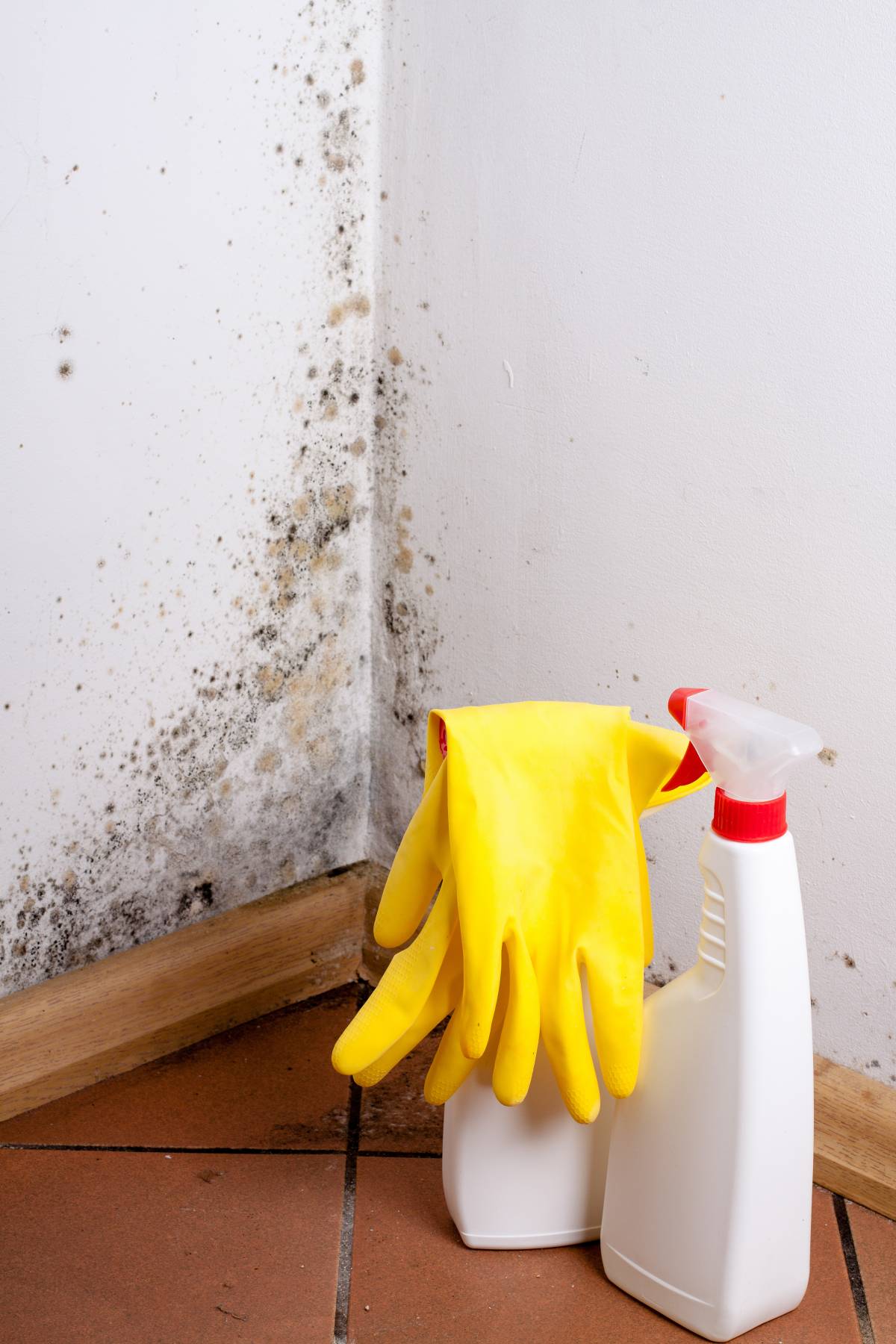 A pair of gloves and two chemical compounds for removing molds. (Source: iStock)
A pair of gloves and two chemical compounds for removing molds. (Source: iStock)
Mold inspection costs
Sometimes, you can’t see mold, but you can feel it. When this situation occurs, it’s best to hire a professional to inspect your property to determine where the mold is and the level of damage it’s caused. Mold removal professionals tend to get discounts for mold and mildew analysis.
Here are some prices based on the inspection service:
Mold inspection service |
Price |
|---|---|
Full environmental inspection |
$300 - $1,000 |
Air samples |
$70 - $150 |
One area spot check |
$200 - $300 |
There are specific mold issues that can determine the type of inspection you require. If you’re not sure what inspection you require, take a look at the following checklist:
Air samples (No visible mold)
Closed circulation office building
Post-remediation clearance
One area spot check (Visible mold)
Attic mold
Crawlspace
Mold on external walls
Windows
Previously flooded areas
Full environmental inspection (Mold inspections)
Health concerns of occupants
Real estate transactions
Grow op clearances
Legal action
Areas with public access or employees
Musty odors
What factors affect the price of mold removal services?
Expect that having mold in your crawl space removed costs high. After all, mold removal can be a long-winded process. Many factors can affect the pricing of the mold and mildew you wish to remove from your building. These include the following:
Size of the mold that is present
The location of the fungus
The type of mold or mildew
Air sampling
Mold inspection
Mold prevention
Mold fogging
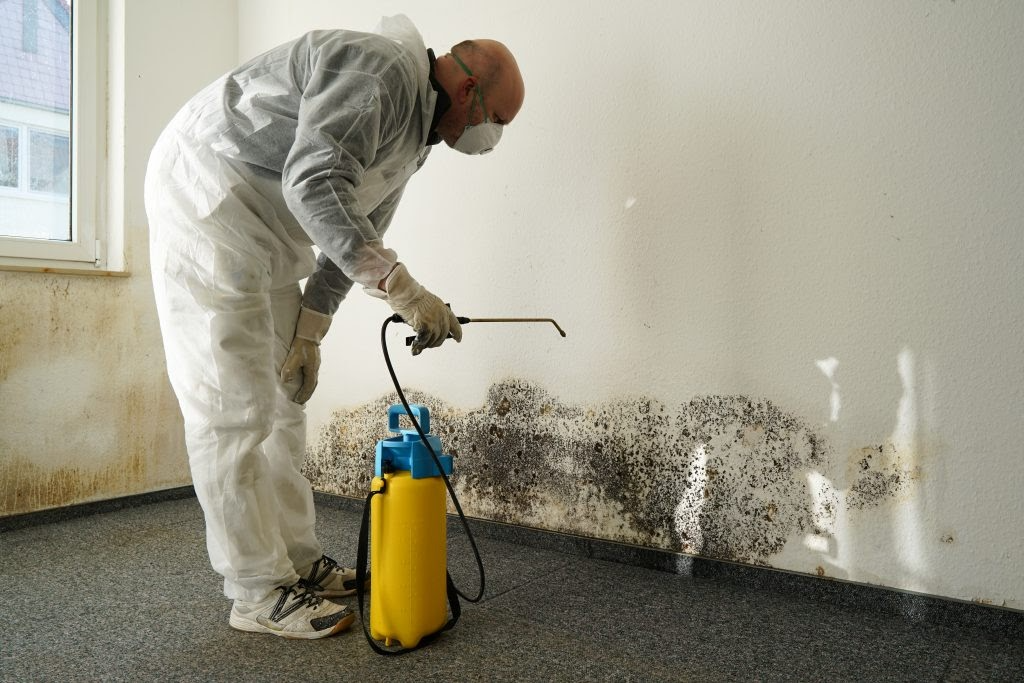 A professional removing black fungus from the wall. (Source: iStock)
A professional removing black fungus from the wall. (Source: iStock)
Do I need to remove mold from my building?
Yes, mold removal is essential for both health and property protection. Even small amounts of mold can cause respiratory problems, allergic reactions, and more serious conditions like pulmonary fibrosis with prolonged exposure.
Mold thrives in warm, damp environments and can grow virtually anywhere in your building:
- Bathrooms - showers, tubs, sinks, toilets
- Kitchen areas - refrigerators, pantries, microwaves
- Living spaces - mattresses, couches, curtains, windowsills
- Hidden areas - air ducts, vents, insulation, chimneys
- Decorative elements - indoor plants, damp furnishings
Health symptoms from mold exposure—including congestion, coughing, and sore throat—are frequently mistaken for common colds. However, these persistent symptoms often indicate a mold problem requiring attention.
Regular maintenance by professional housekeepers and periodic high-pressure cleaning services are crucial preventive measures against mold growth. These professionals can access hard-to-reach areas and apply specialized techniques to eliminate mold and prevent future outbreaks.
Questions to ask before hiring a mold removal professional
Before calculating basement or attic mold removal costs, there are some questions you should ask before hiring professional mold remediation:
Are they licensed mold remediation contractors?
Are they certified to remove mold?
Are they insured?
Do they provide written estimates?
Where do they put the waste?
What products do you use?
Be sure to find out if they’re specialized, as they have the necessary training and expertise to remove the fungi from your attic, walls, or entire home. It also guarantees that they are trained in removing and identifying any health risks.
Getting ready to hire a mold removal service
When you spot those telltale spots on your walls or ceiling, post your job on Airtasker and watch qualified local mold removalists respond with their best rates. When writing your listing, just remember to include:
Location
Time
Budget
Whether you have had previous mold testing
Size of the property
The more information and pictures you include in your listing, the better your outcome will be. Try it now!
FAQs
Depending on the size of the mold in the property, it takes one day for the mold to be safely removed, allowing you to safely return to the property the same day.
Generally, mold inspections are completed in 30 minutes. Again, this varies, but this time given is for residential properties. Commercial properties may take longer.
The fogging process involves misting a non-toxic and non-corrosive product throughout the indoor environment to remove and control mold spores.
The most common cause of mold comes from air exchange issues, due to humidity and moisture. Another form of common mold formation is due to flooding, leaking roofs, and damaged water pipes.
Not all mold is dangerous, but you should be concerned when you start to see small black or white specks on walls, furniture, and contents. Mold often grows in rooms with both high water usage and humidity (i.e. the kitchen, bathroom, laundry, and basement).
No, water damage and mold are not the same thing. Water damage refers to physical damage caused by water, while mold is a type of fungus that can grow in damp conditions caused by water damage.
Find mold removal experts, fast
Post a task
Related price guides
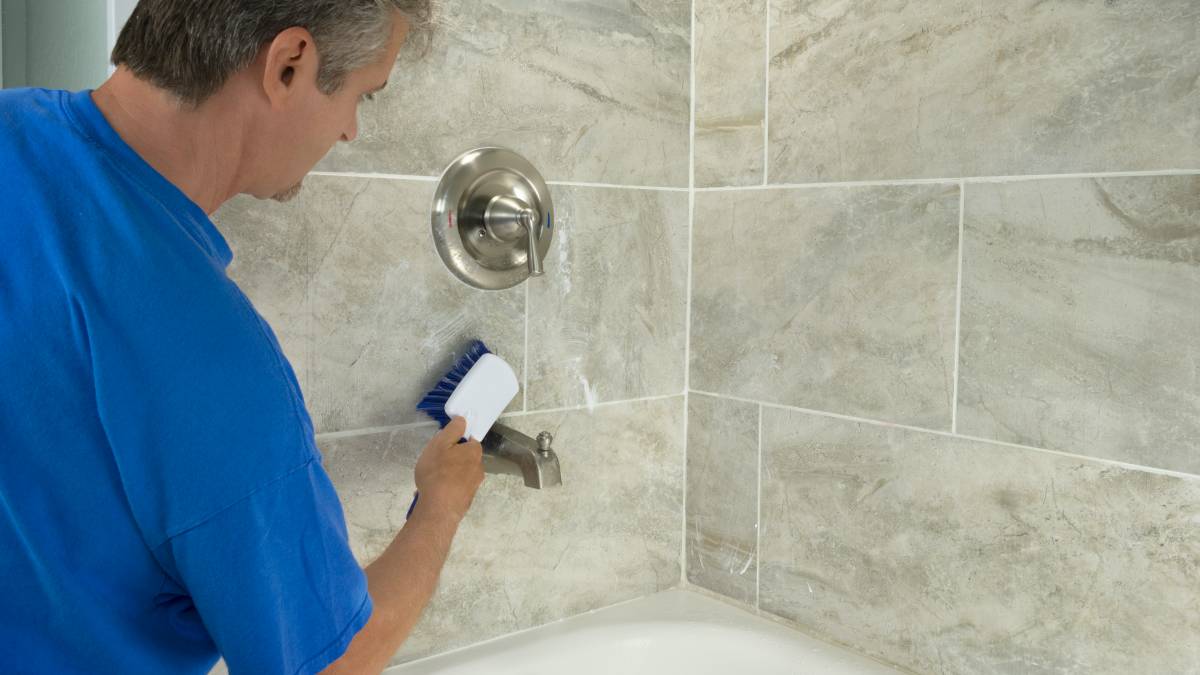
How much does tile cleaning cost?
Read more
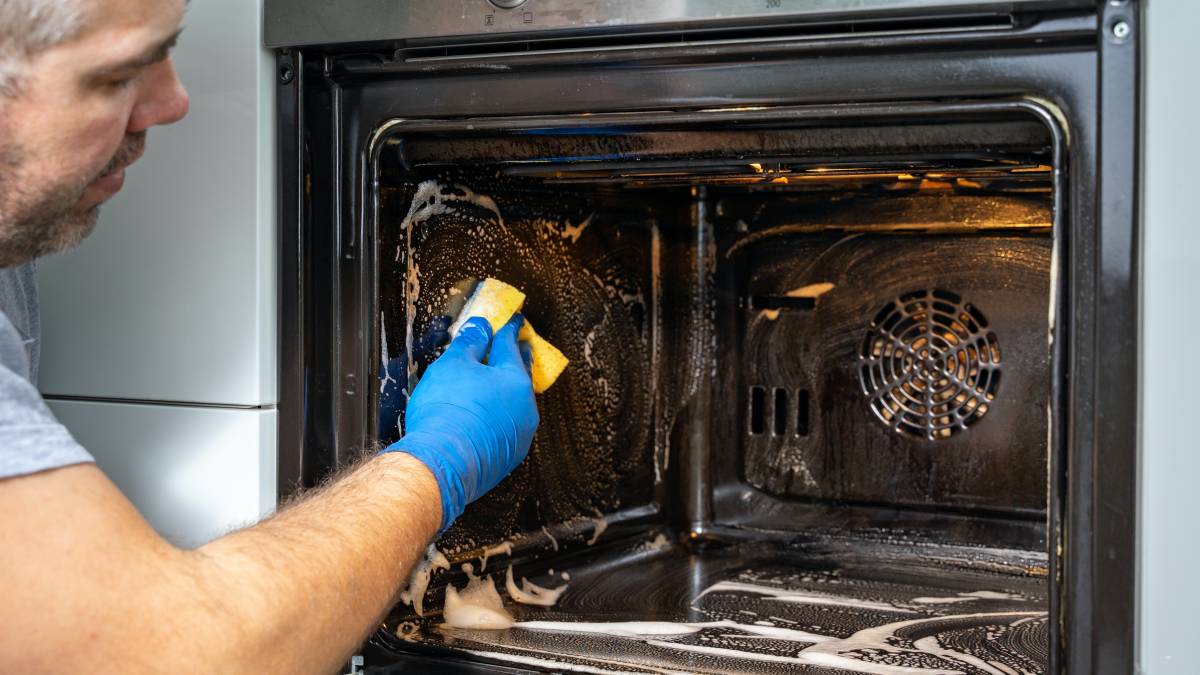
How much does oven cleaning cost?
Read more
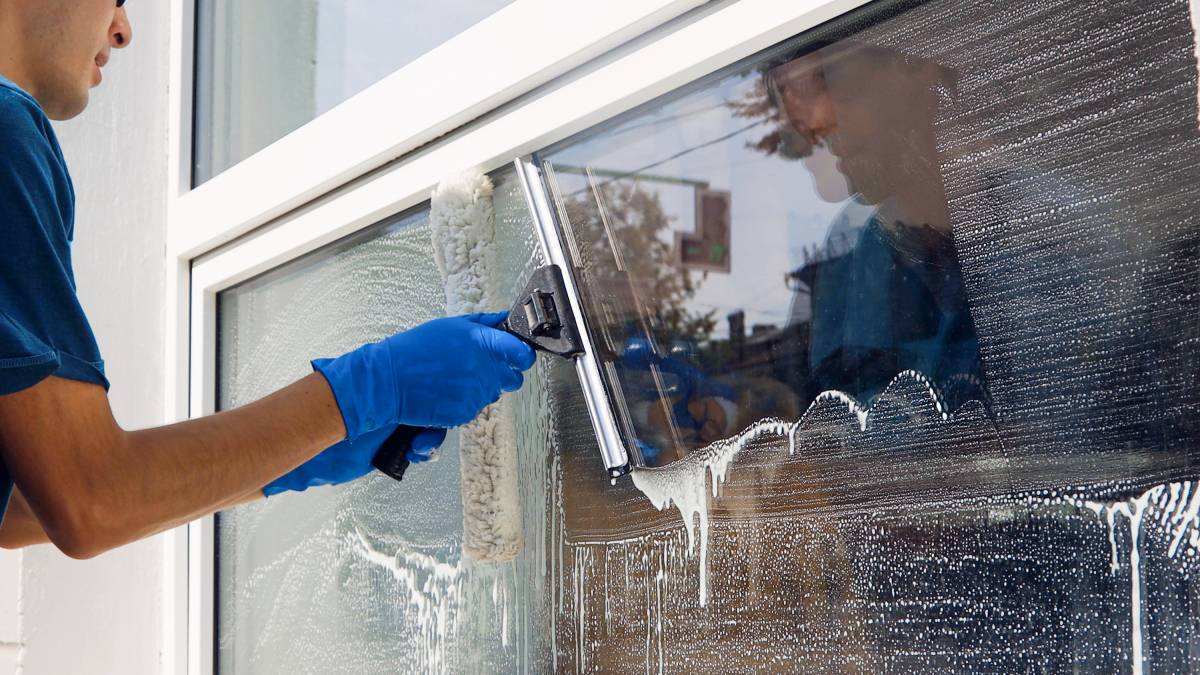
How much does a cleaner cost?
Read more

How much does office cleaning cost?
Read more
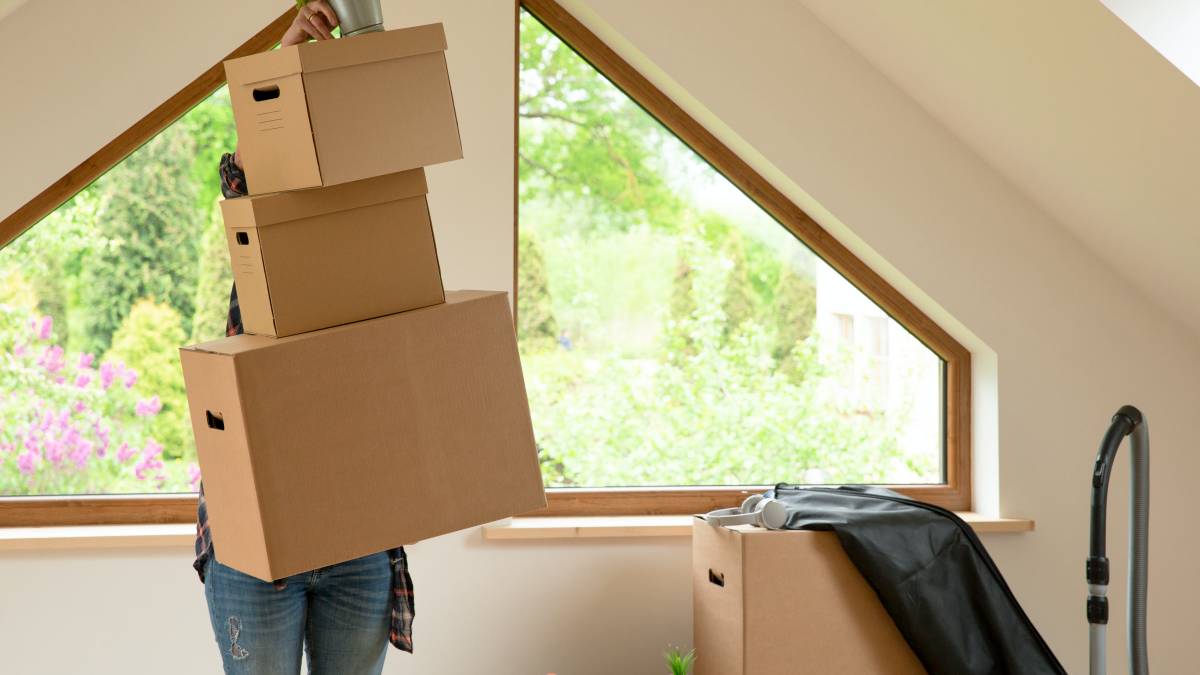
How much does attic cleaning cost?
Read more
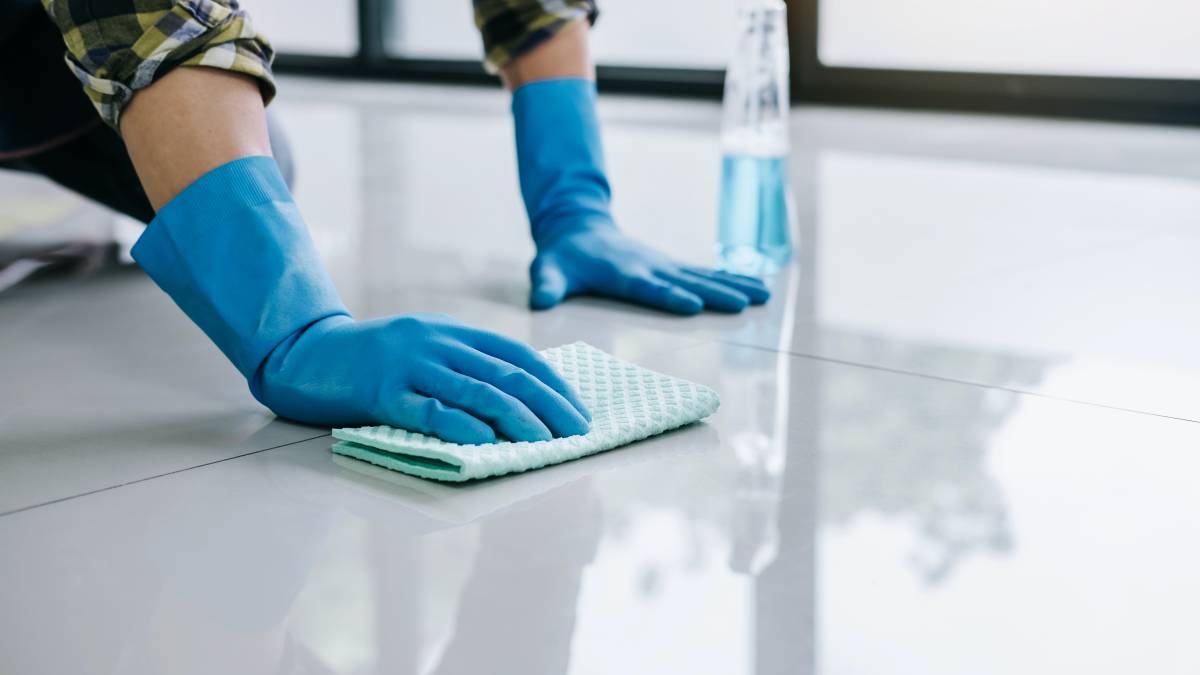
How much does floor cleaning cost?
Read more
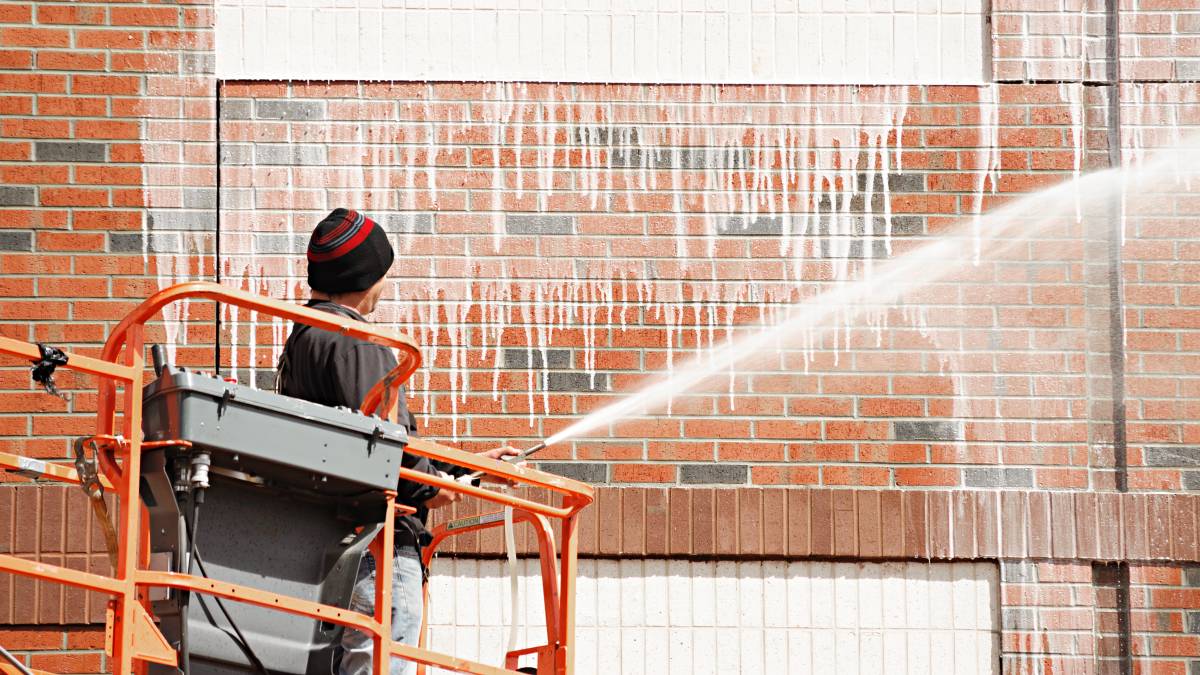
How much does brick cleaning cost?
Read more
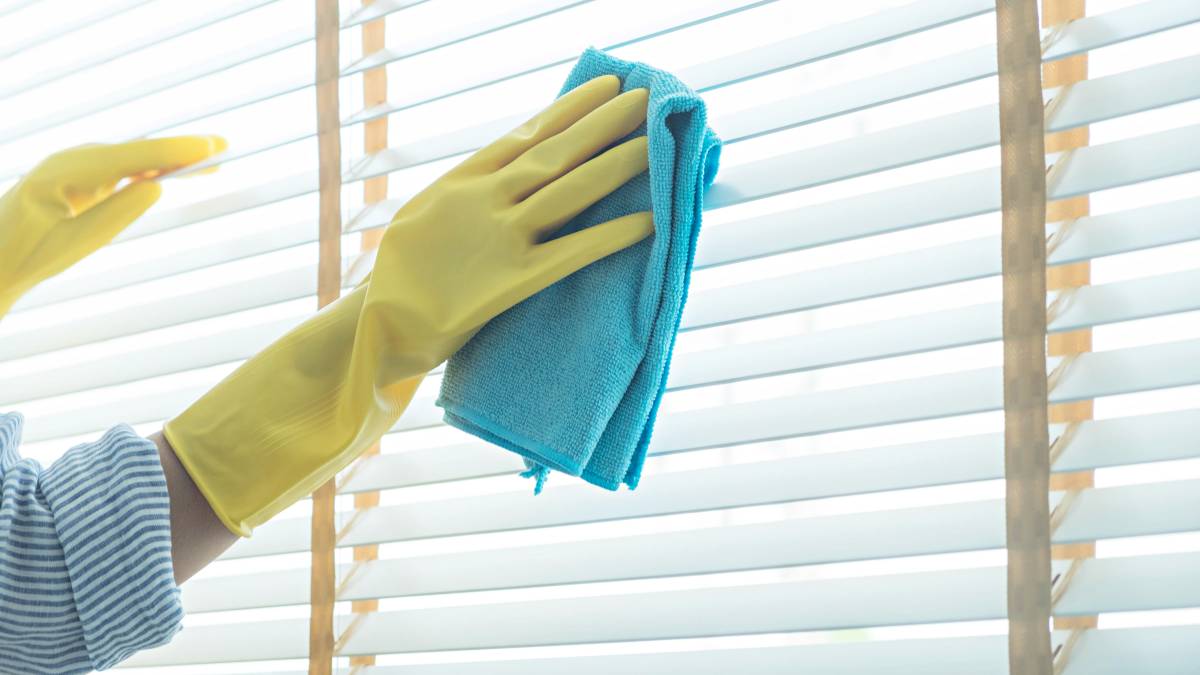
How much does blind cleaning cost?
Read more
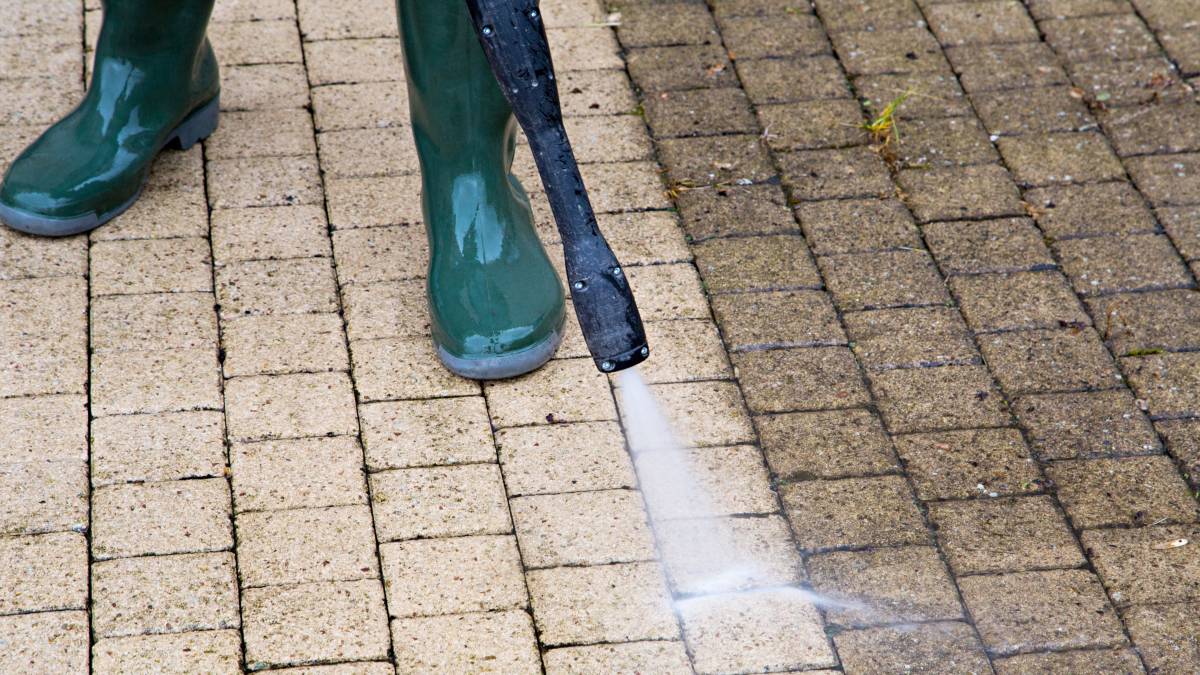
How much does pressure washing cost?
Read more

Average price of move out cleaning
Read more
Related articles
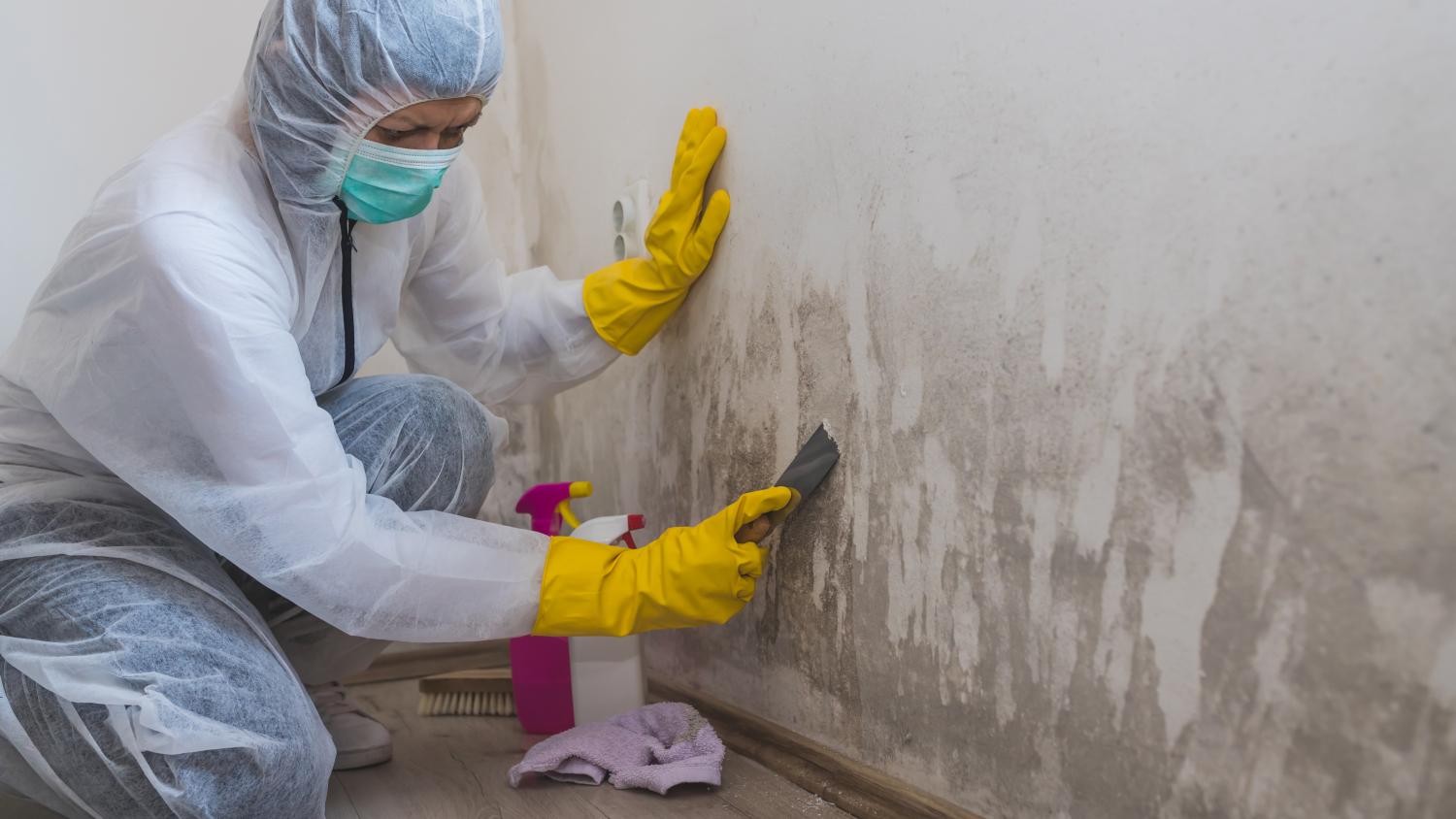
How to get rid of mold at home
Read more
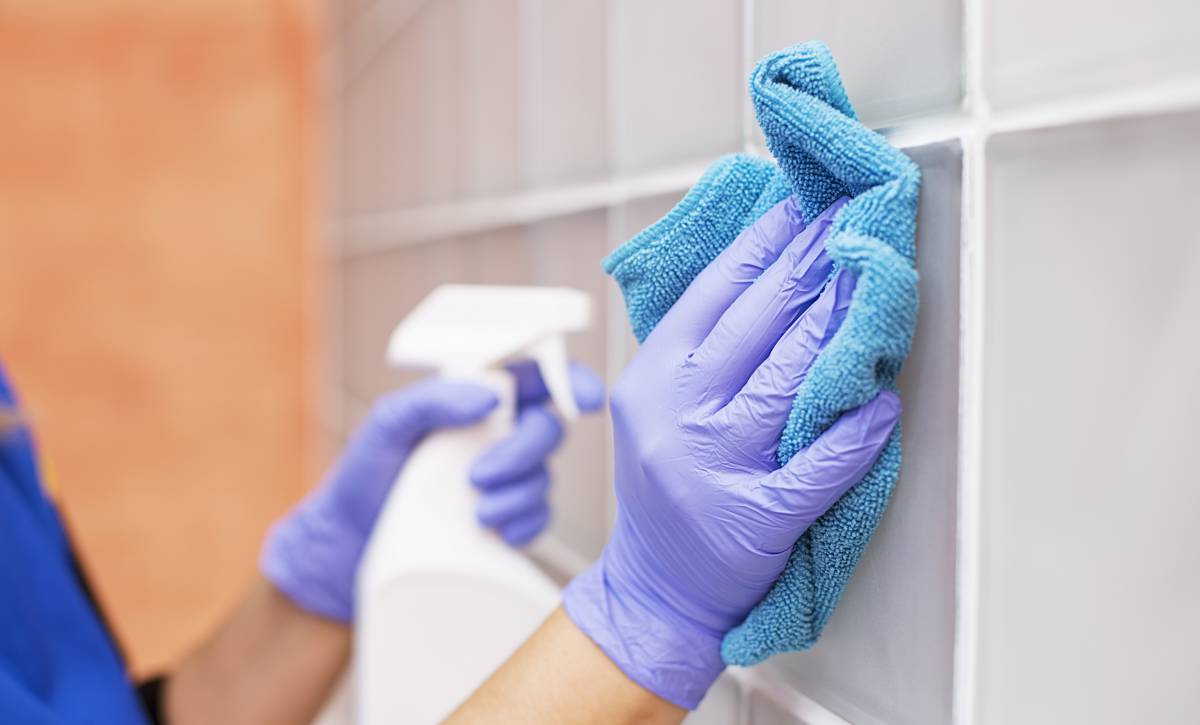
How to get cleaning jobs
Read more
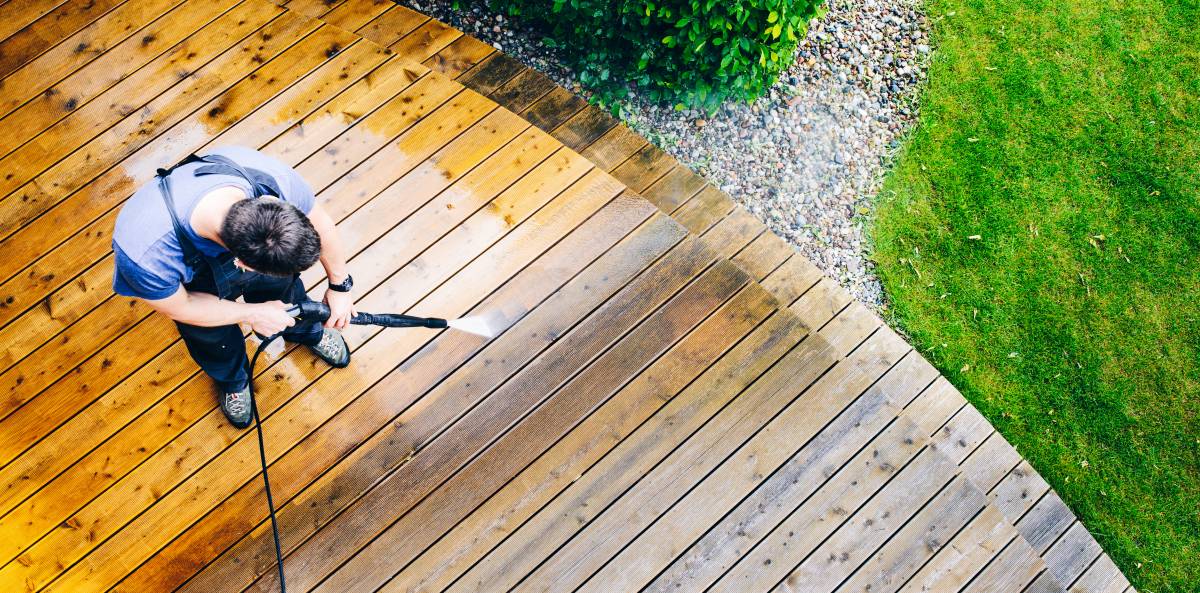
How to price pressure washing jobs
Read more
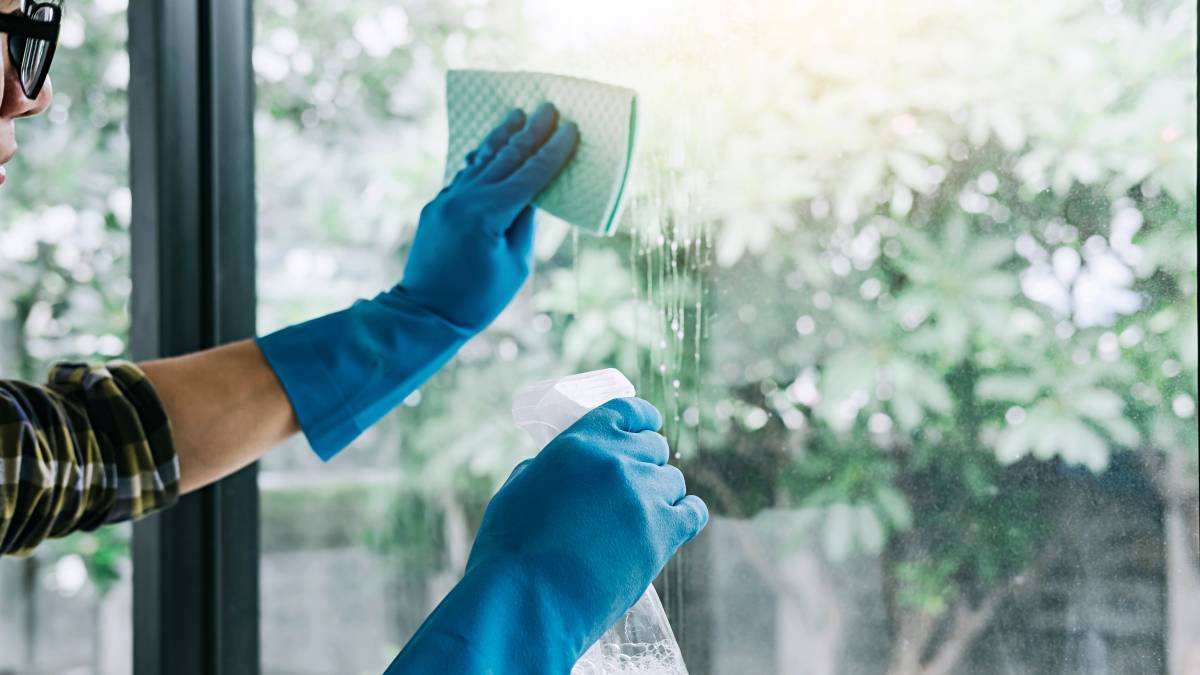
How to price cleaning jobs
Read more

How to get cleaning certification
Read more
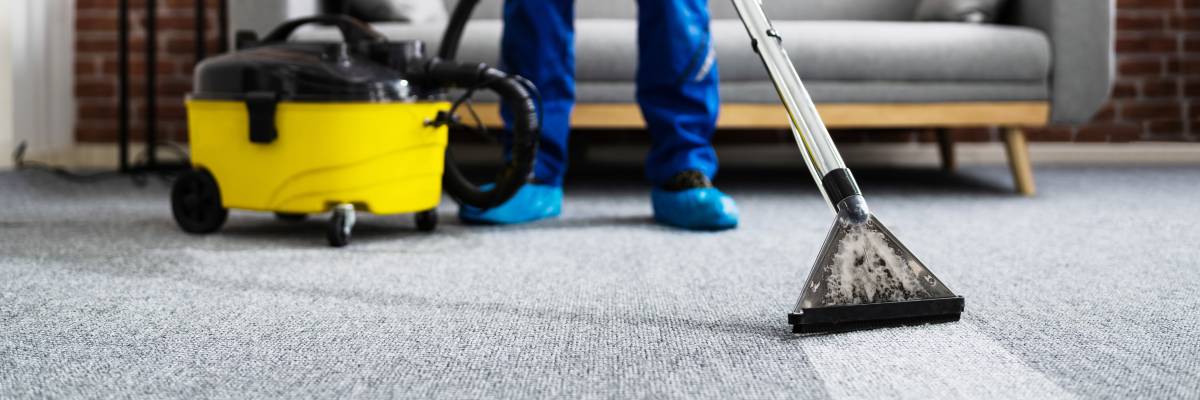
How to become a housekeeper
Read more
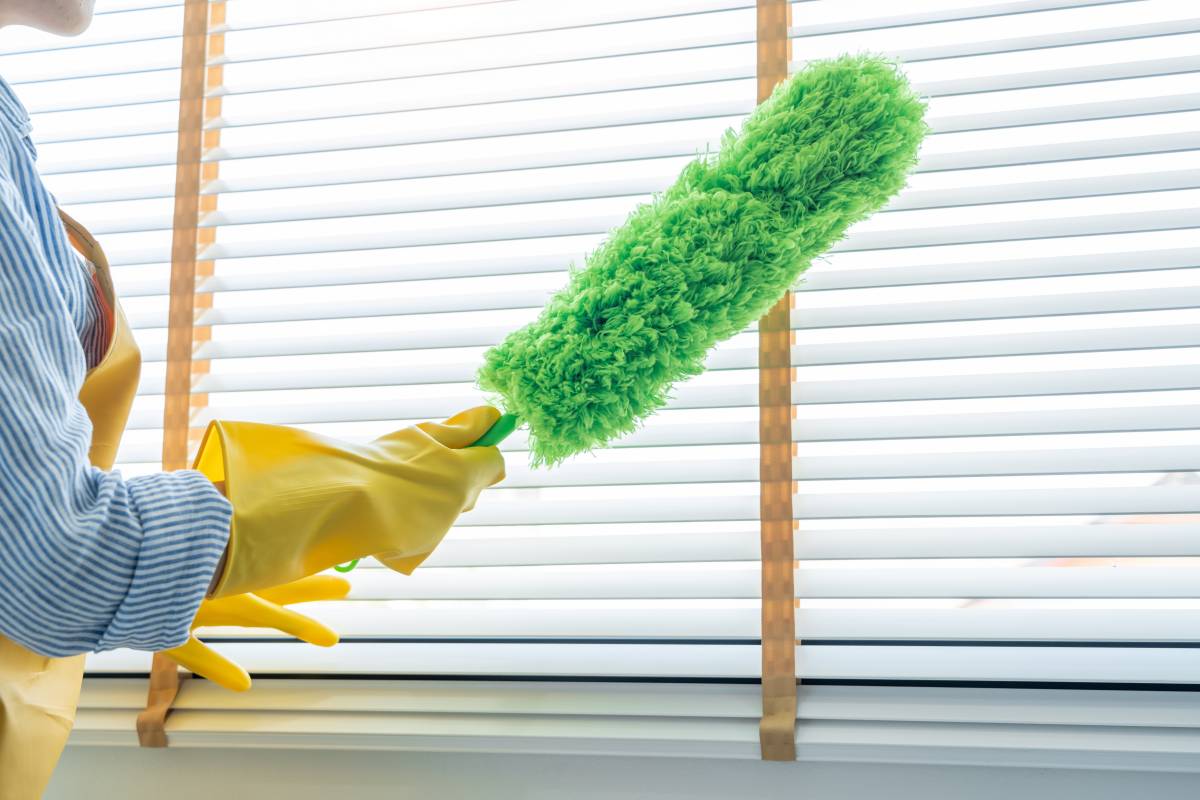
How to clean a duster
Read more
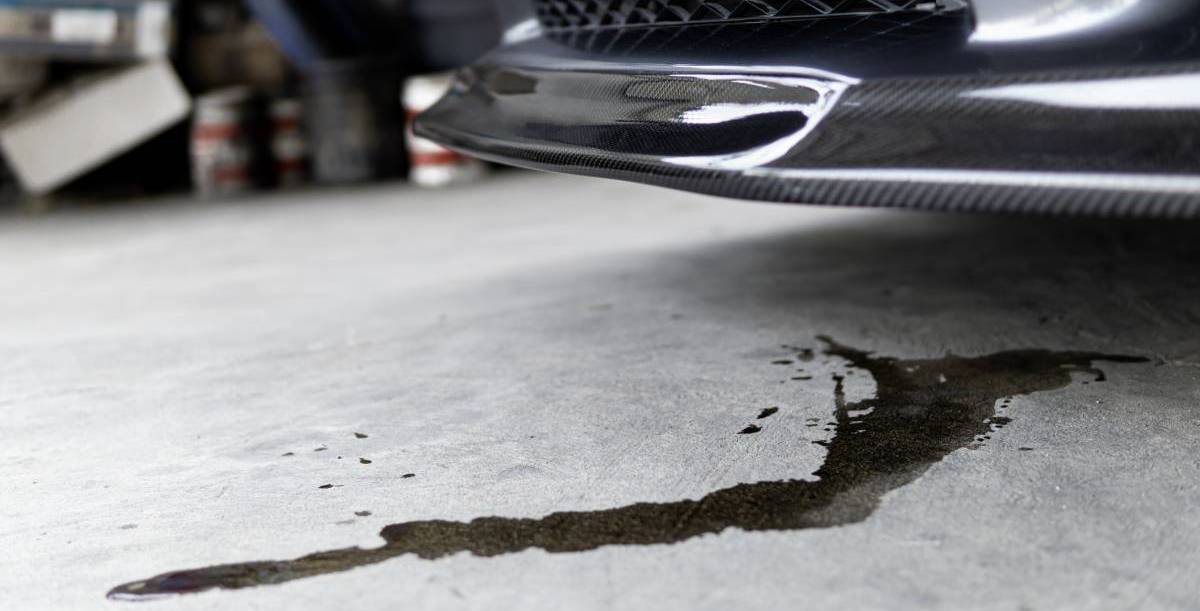
How to clean a garage floor
Read more
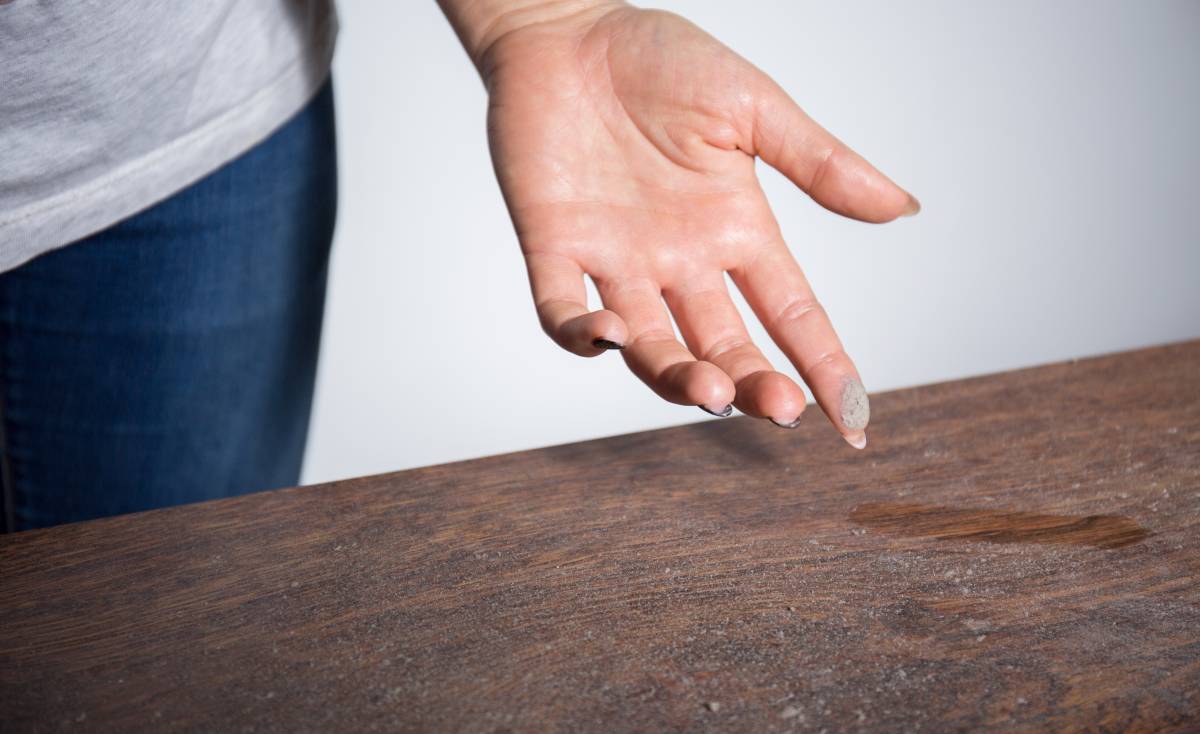
How to get rid of dust in your home
Read more
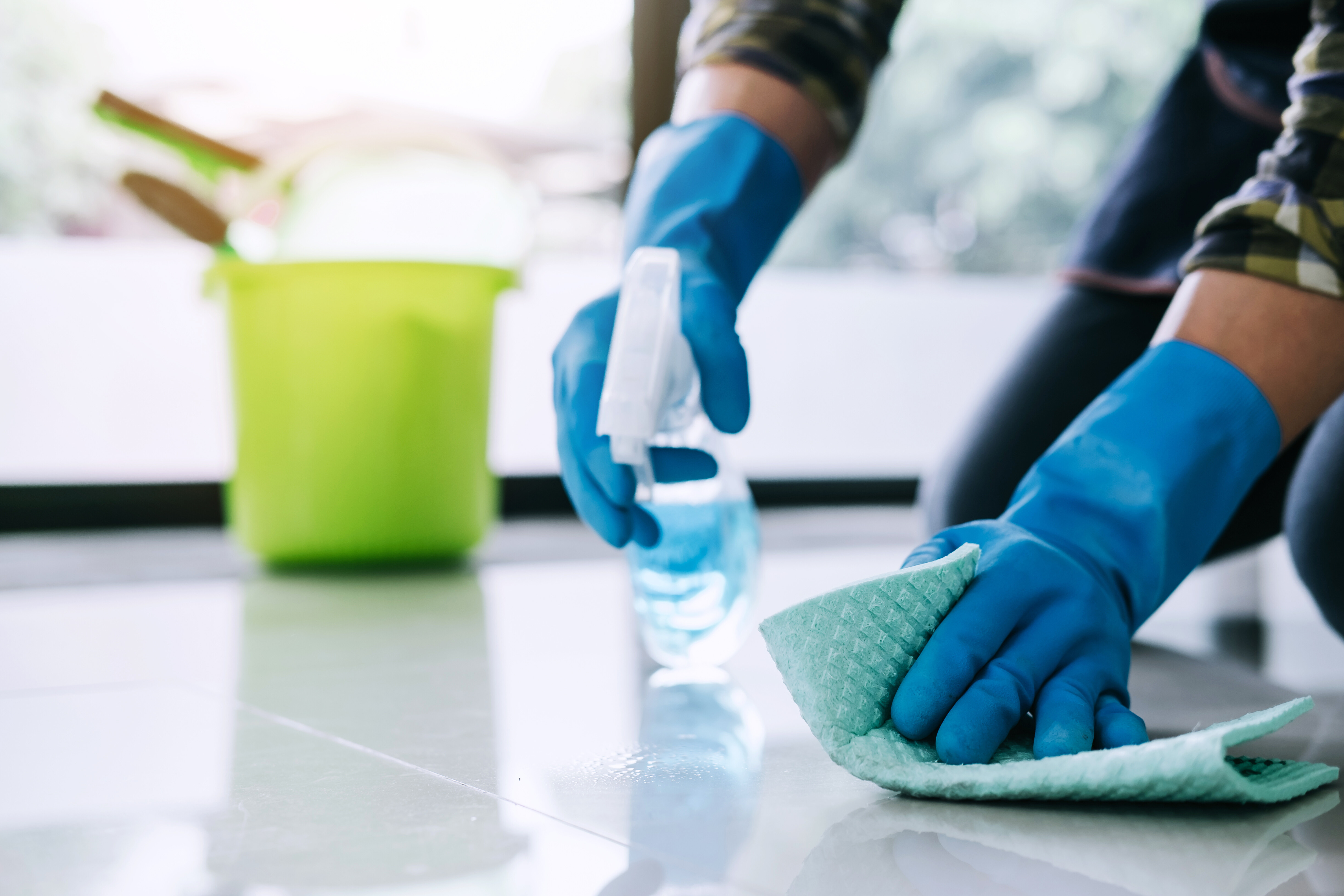
Move out cleaning checklist
Read more
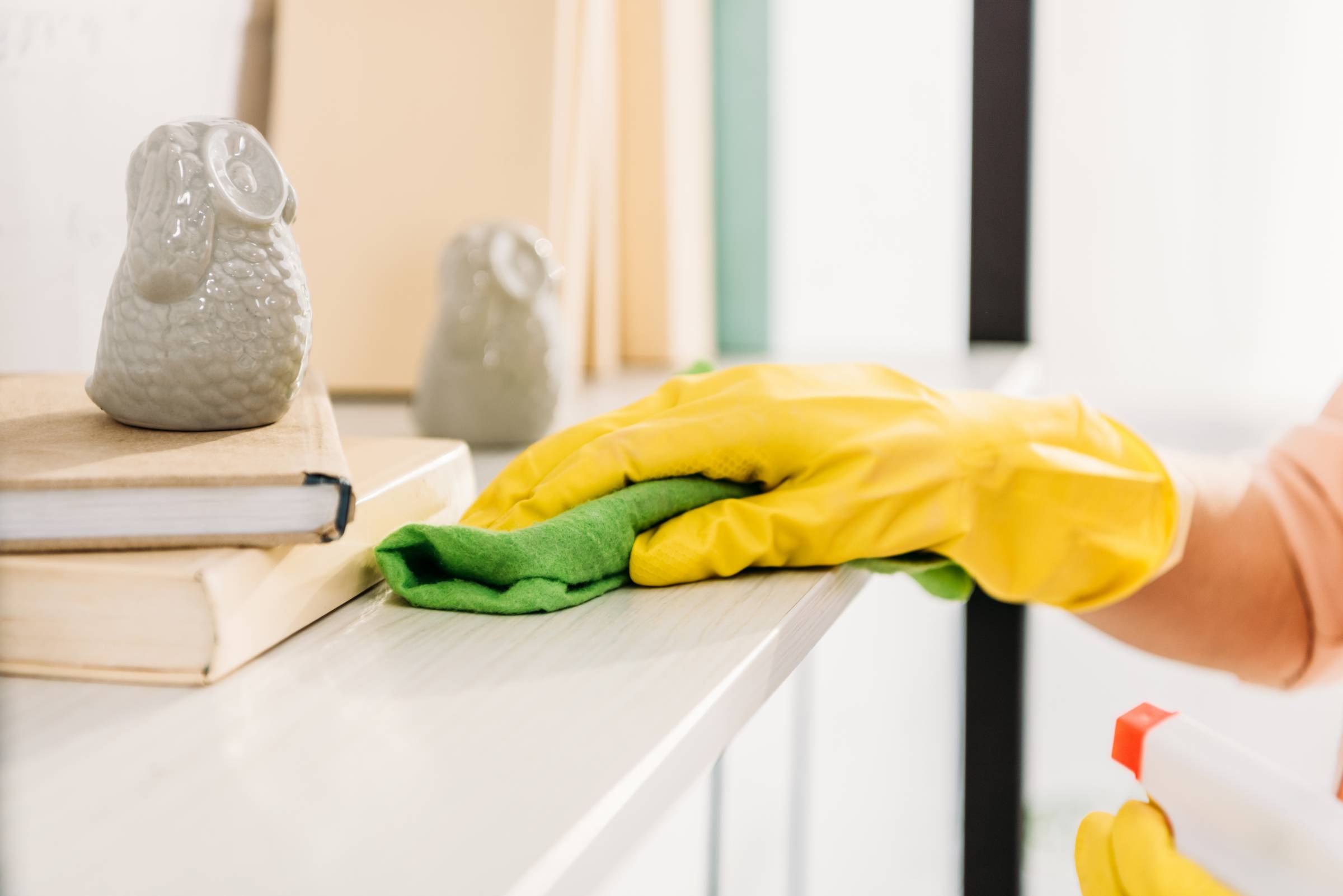
The ultimate spring cleaning checklist
Read more
